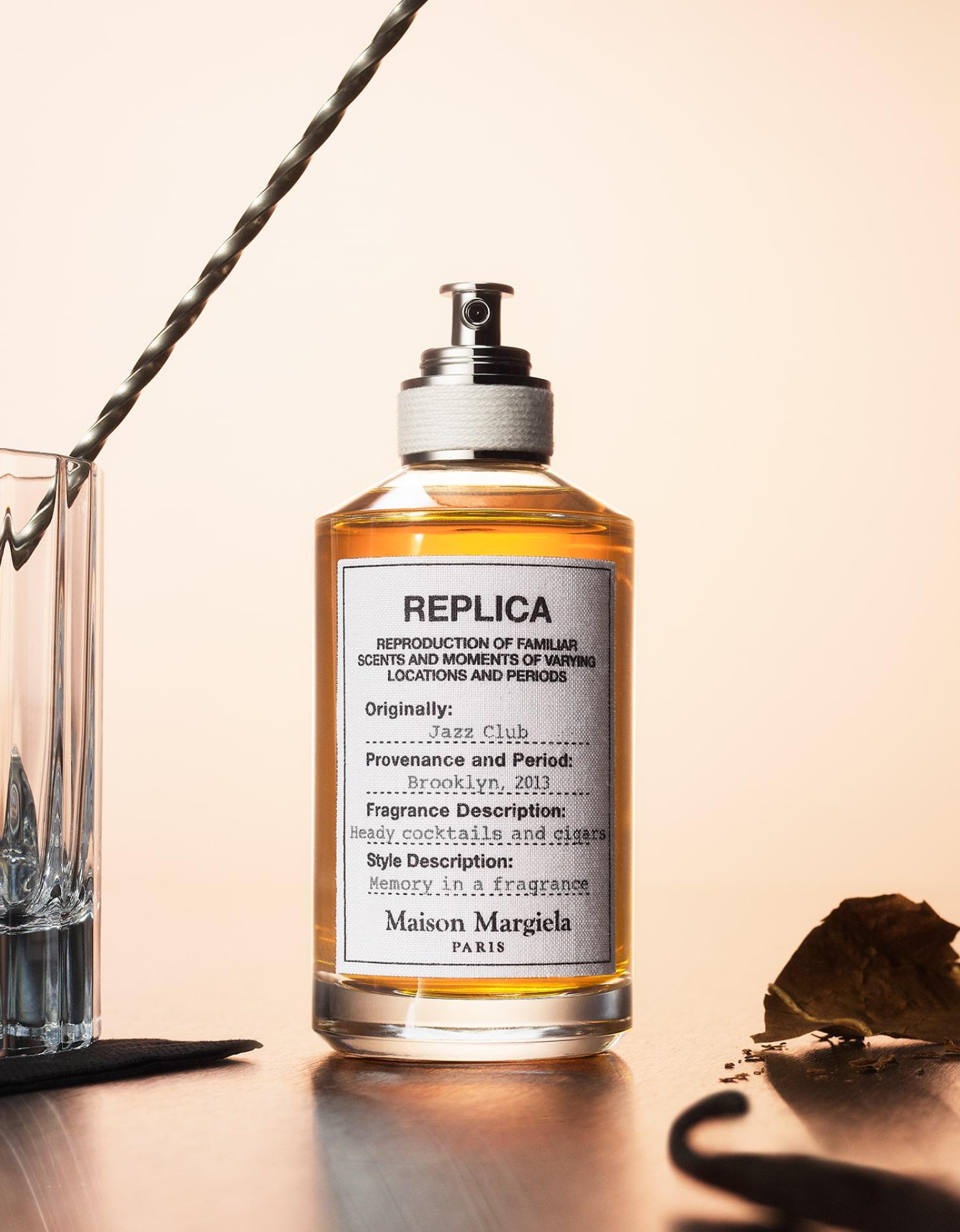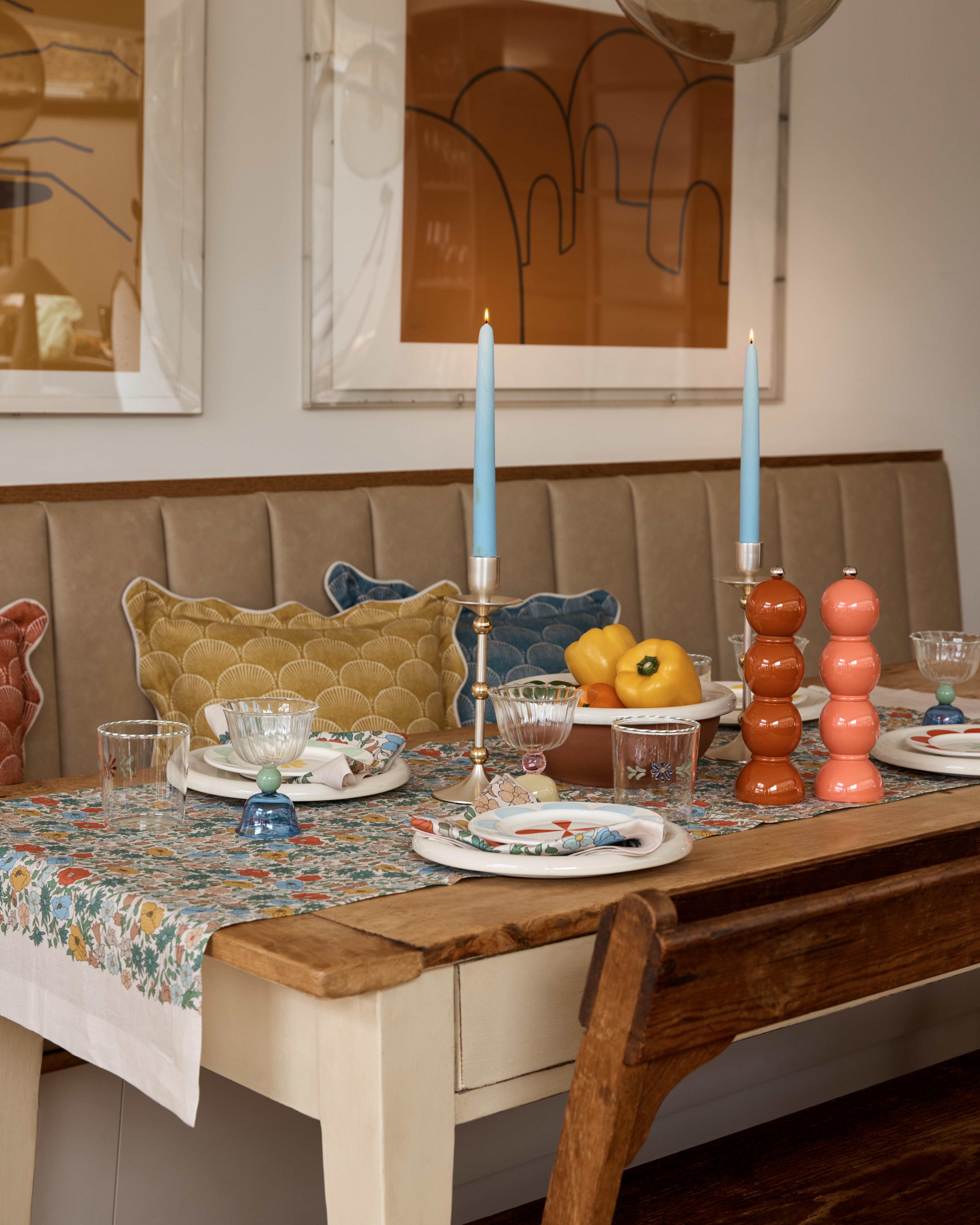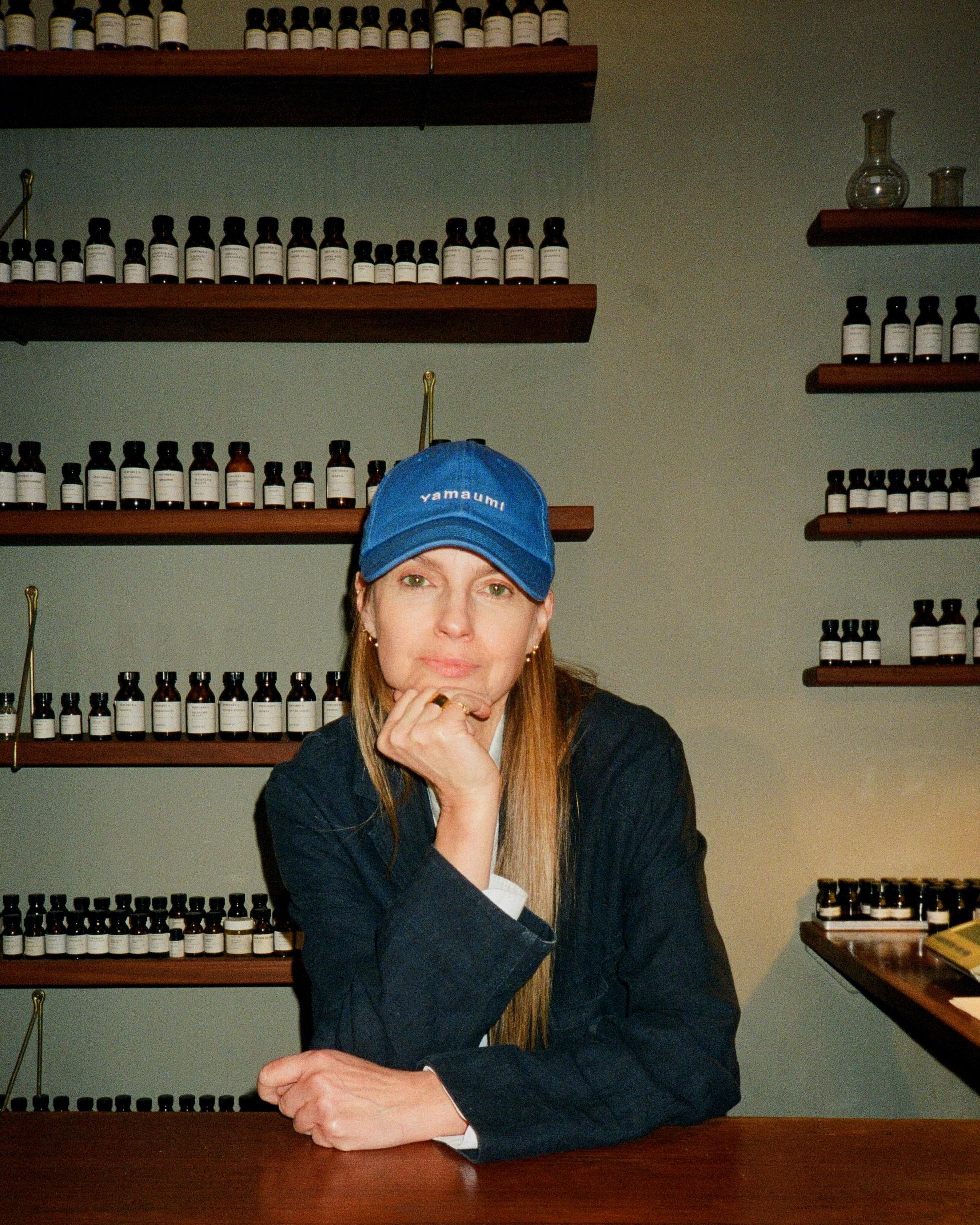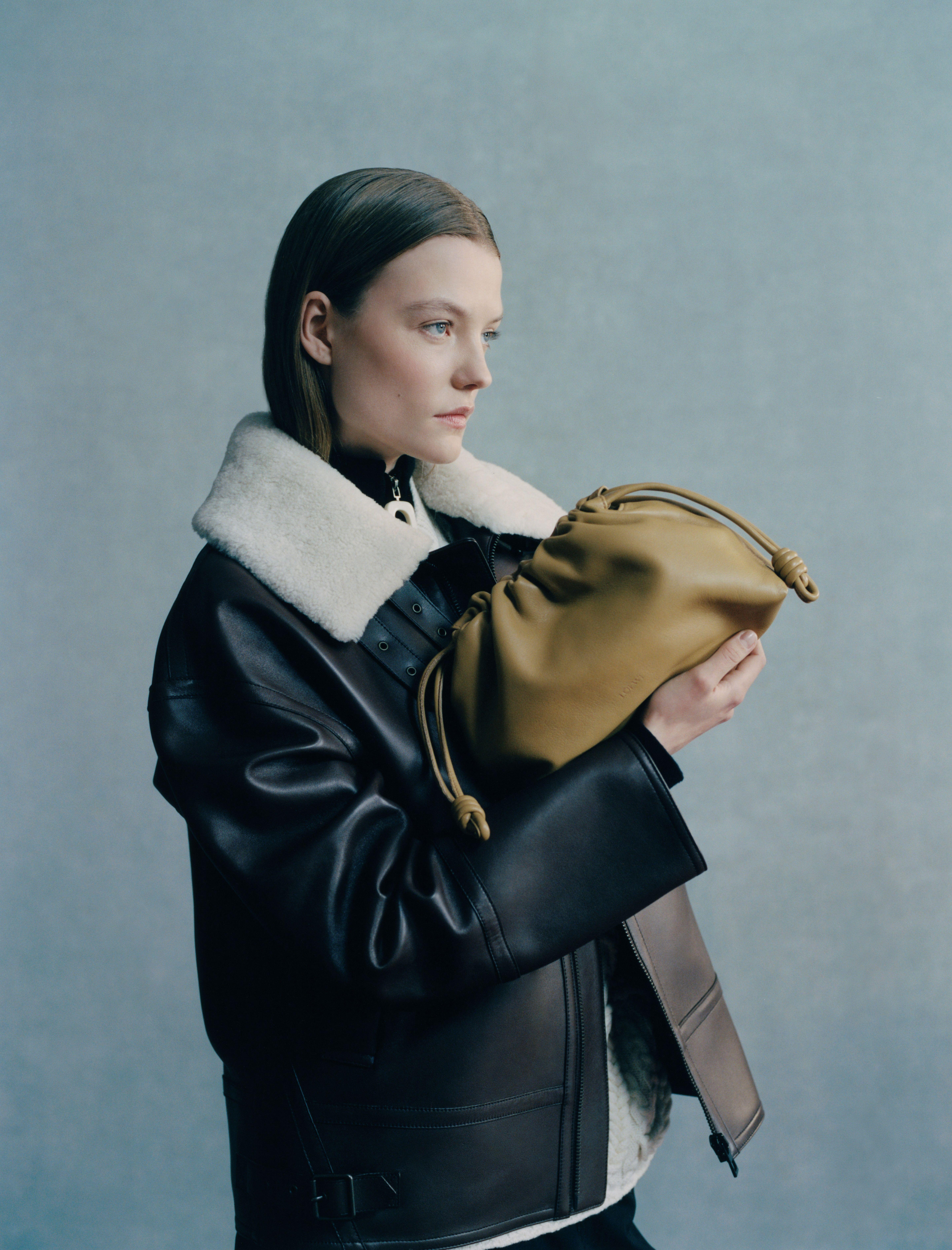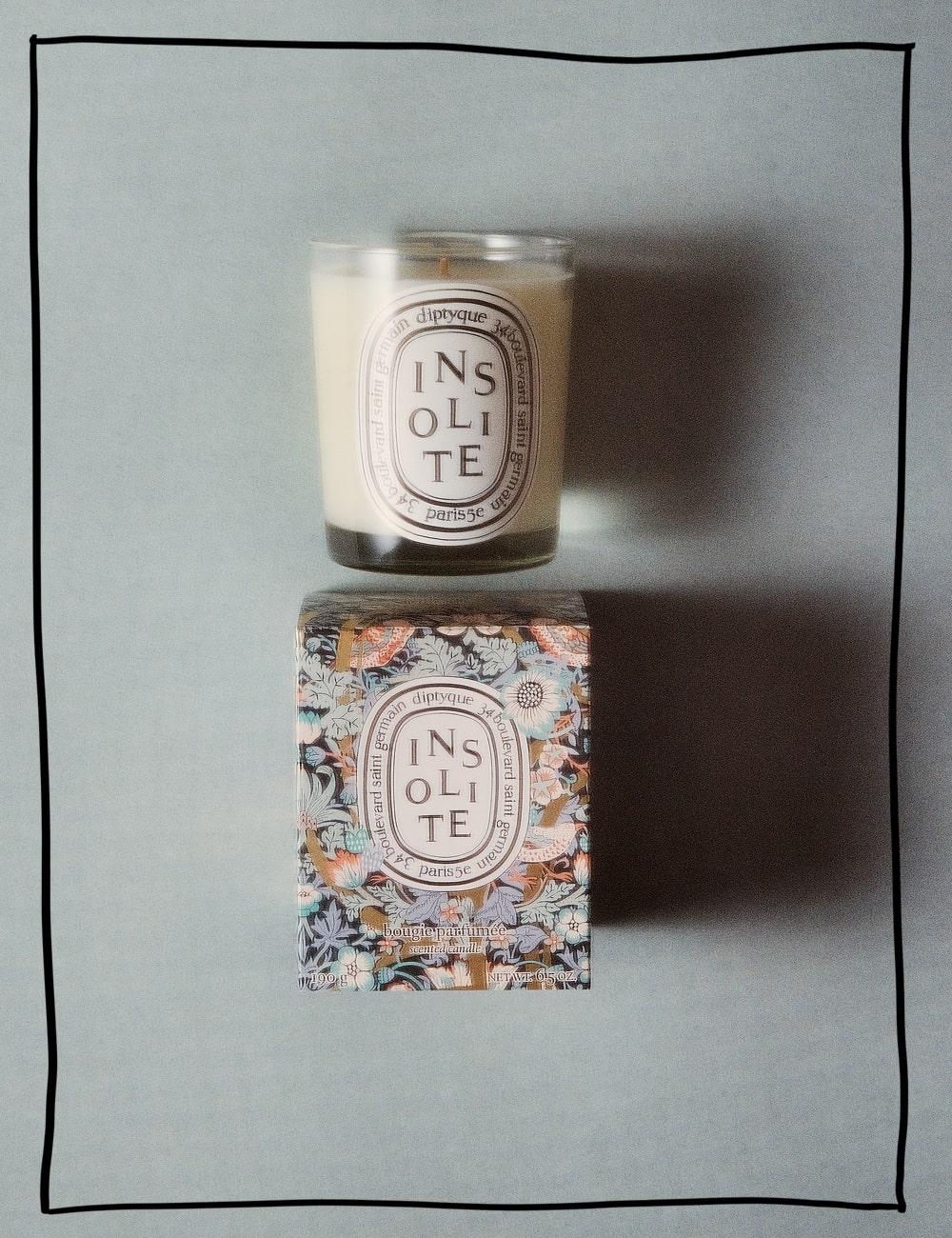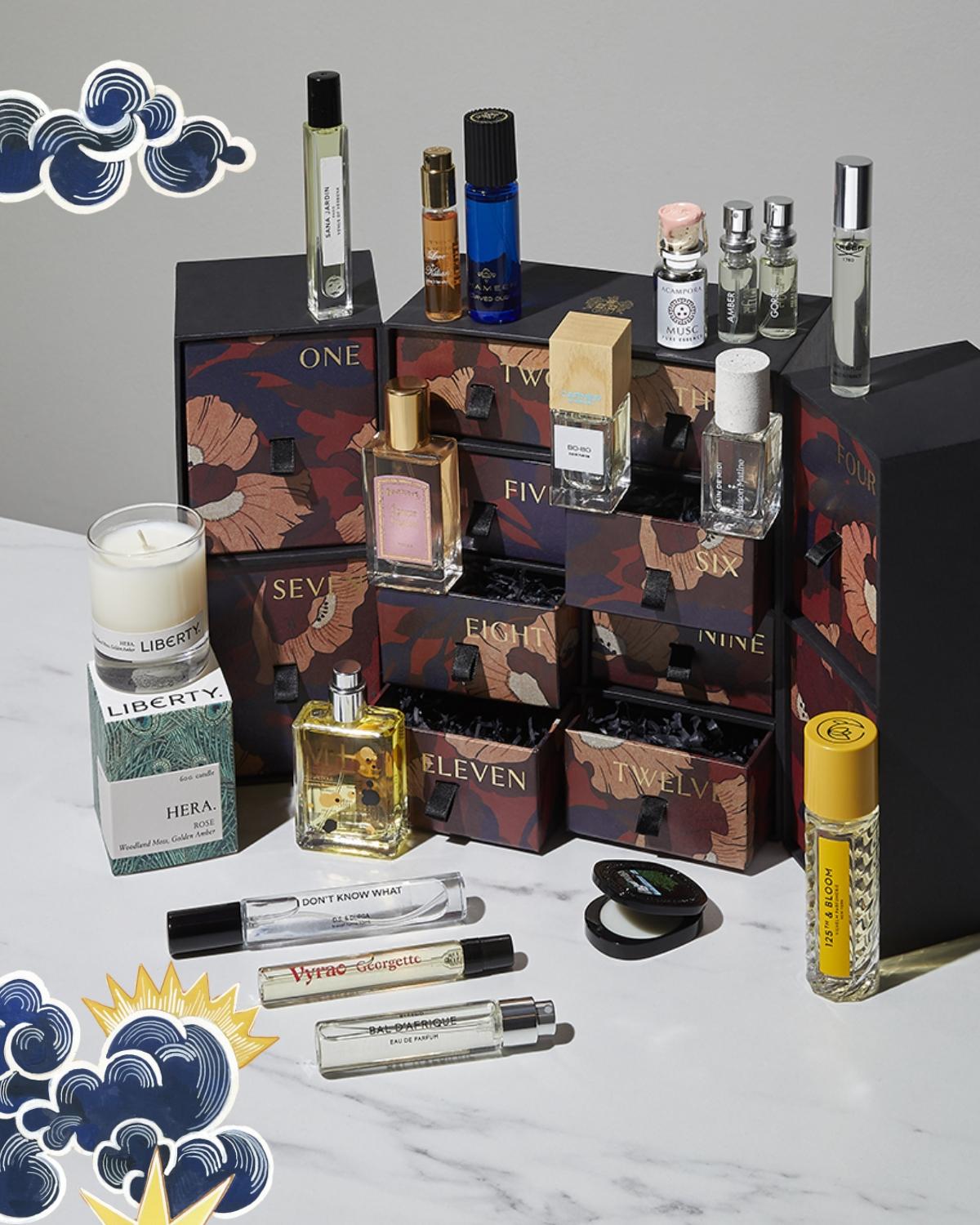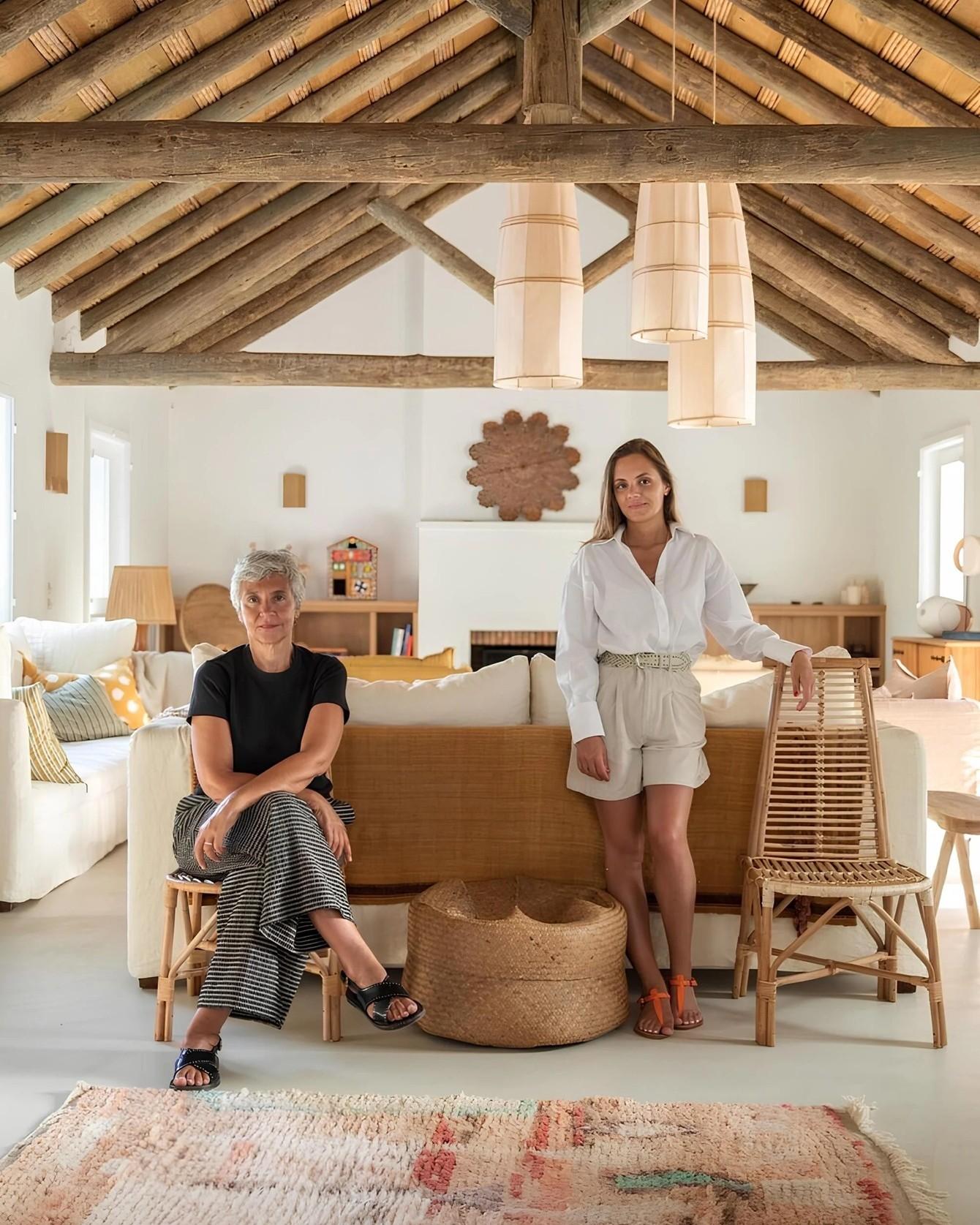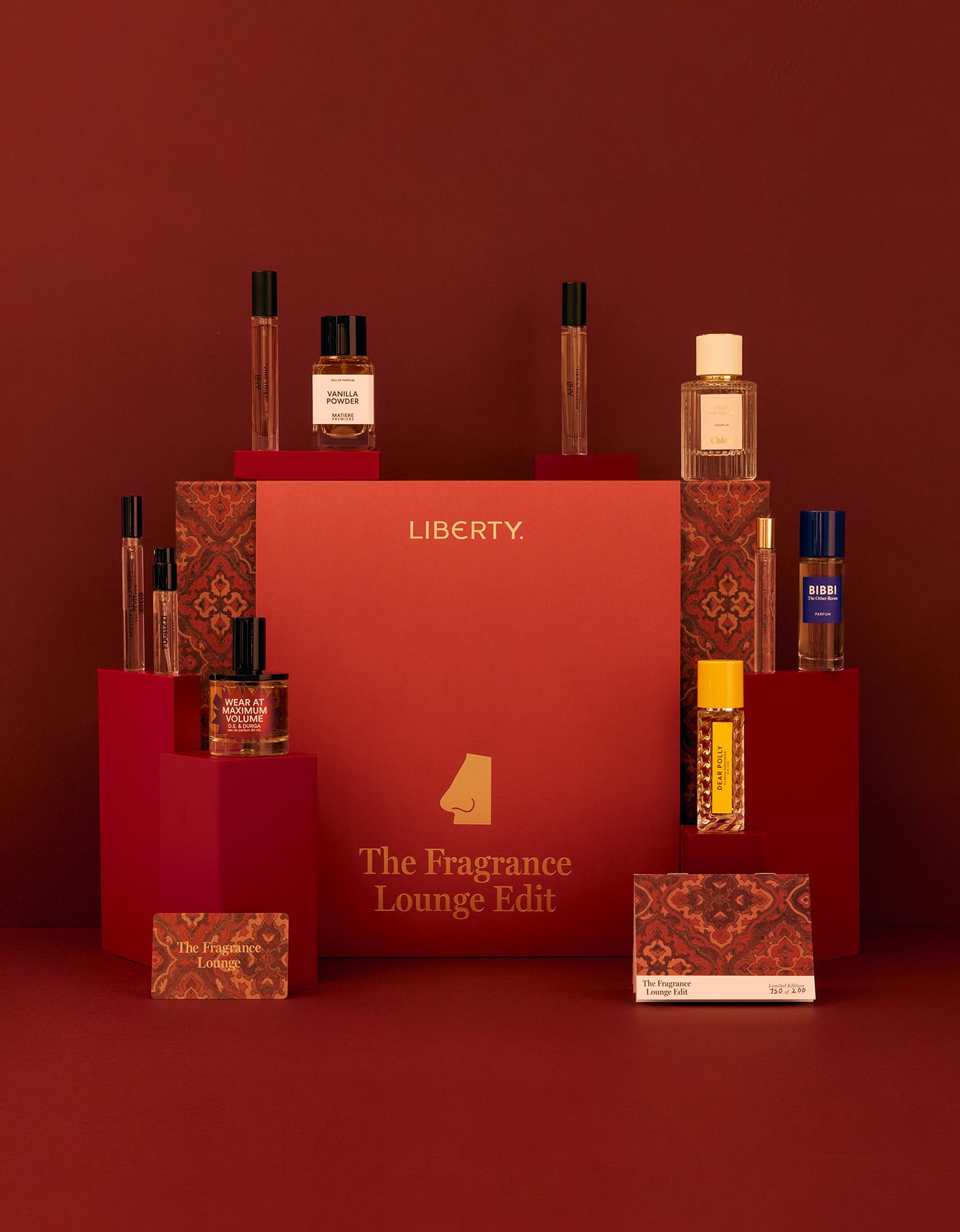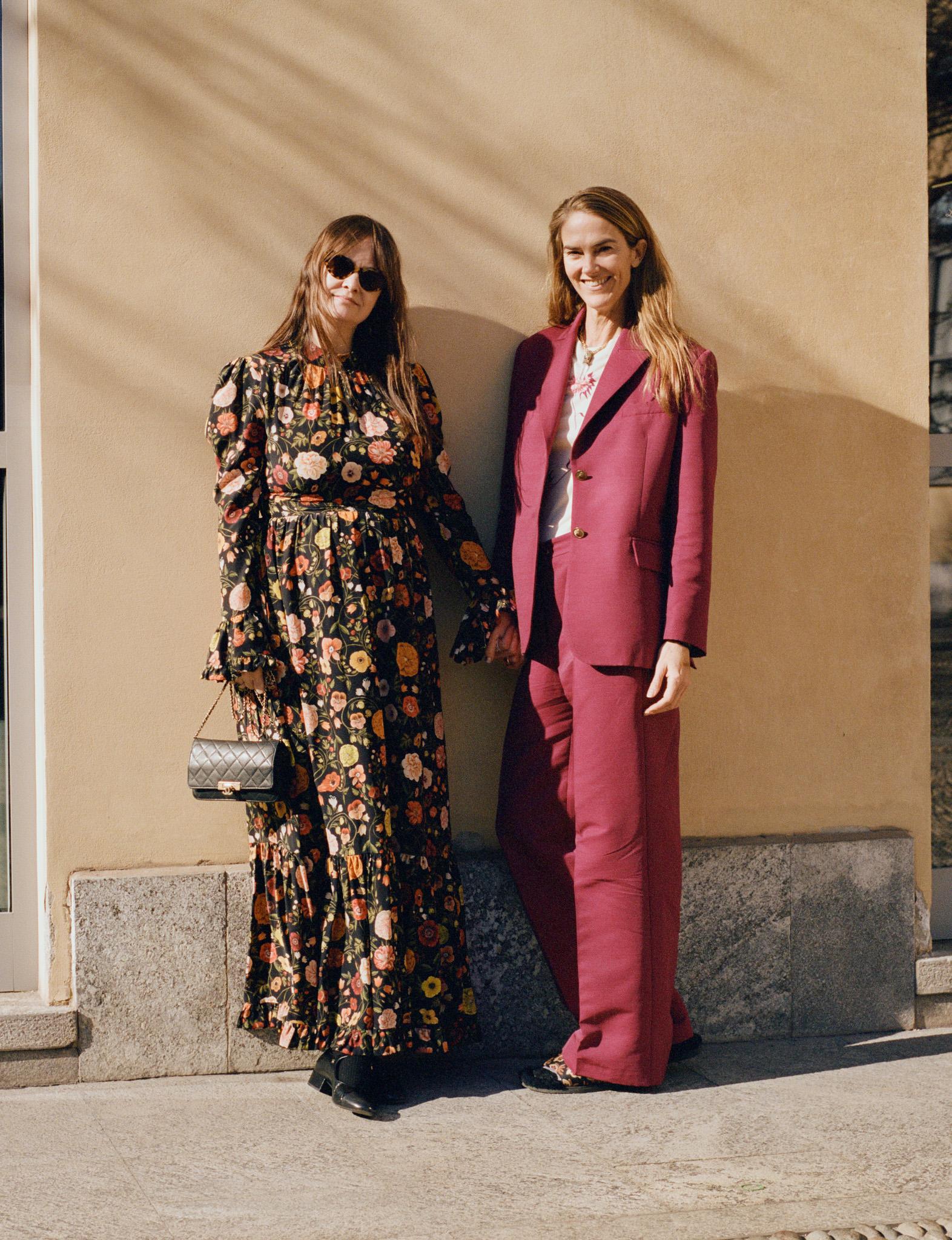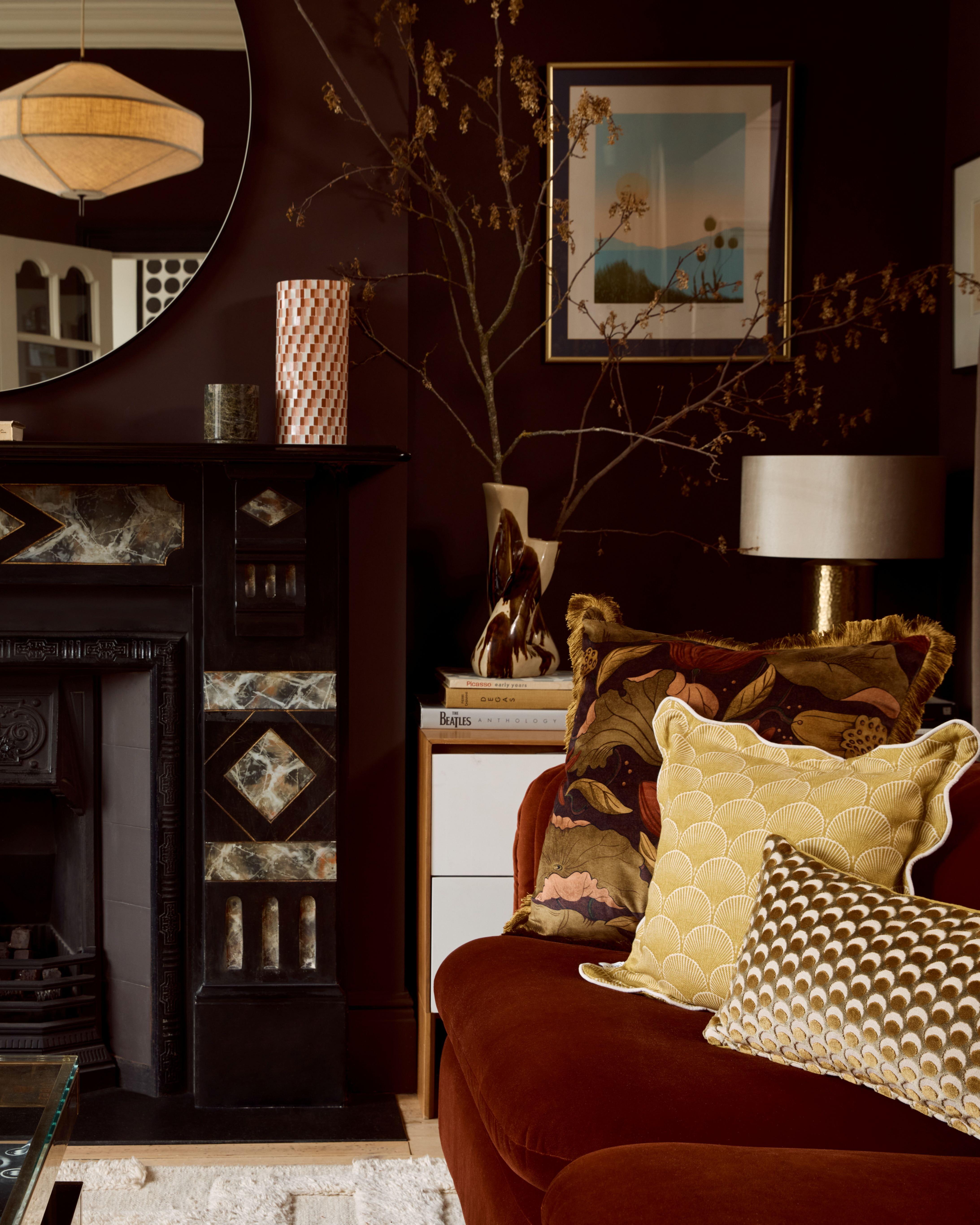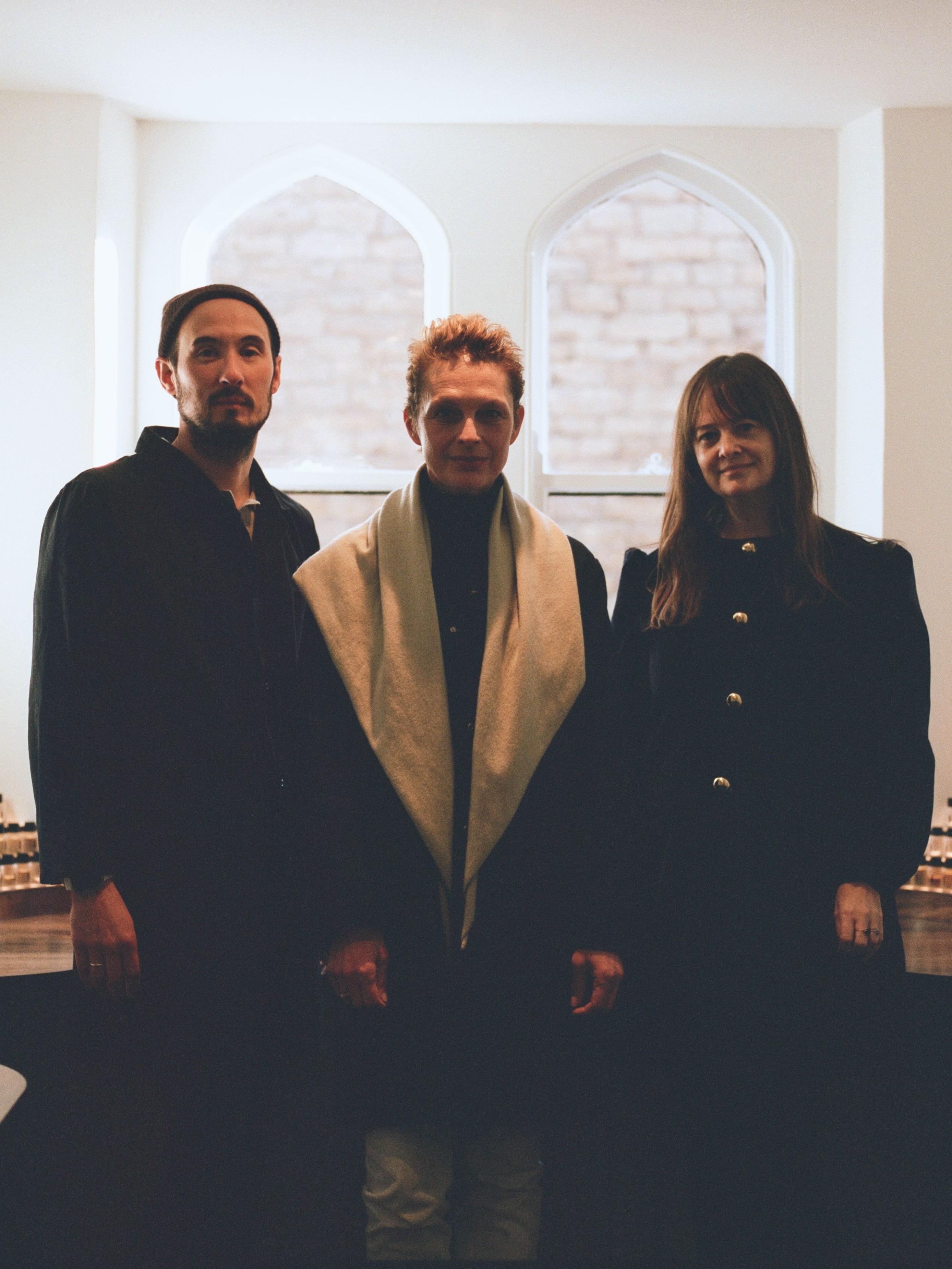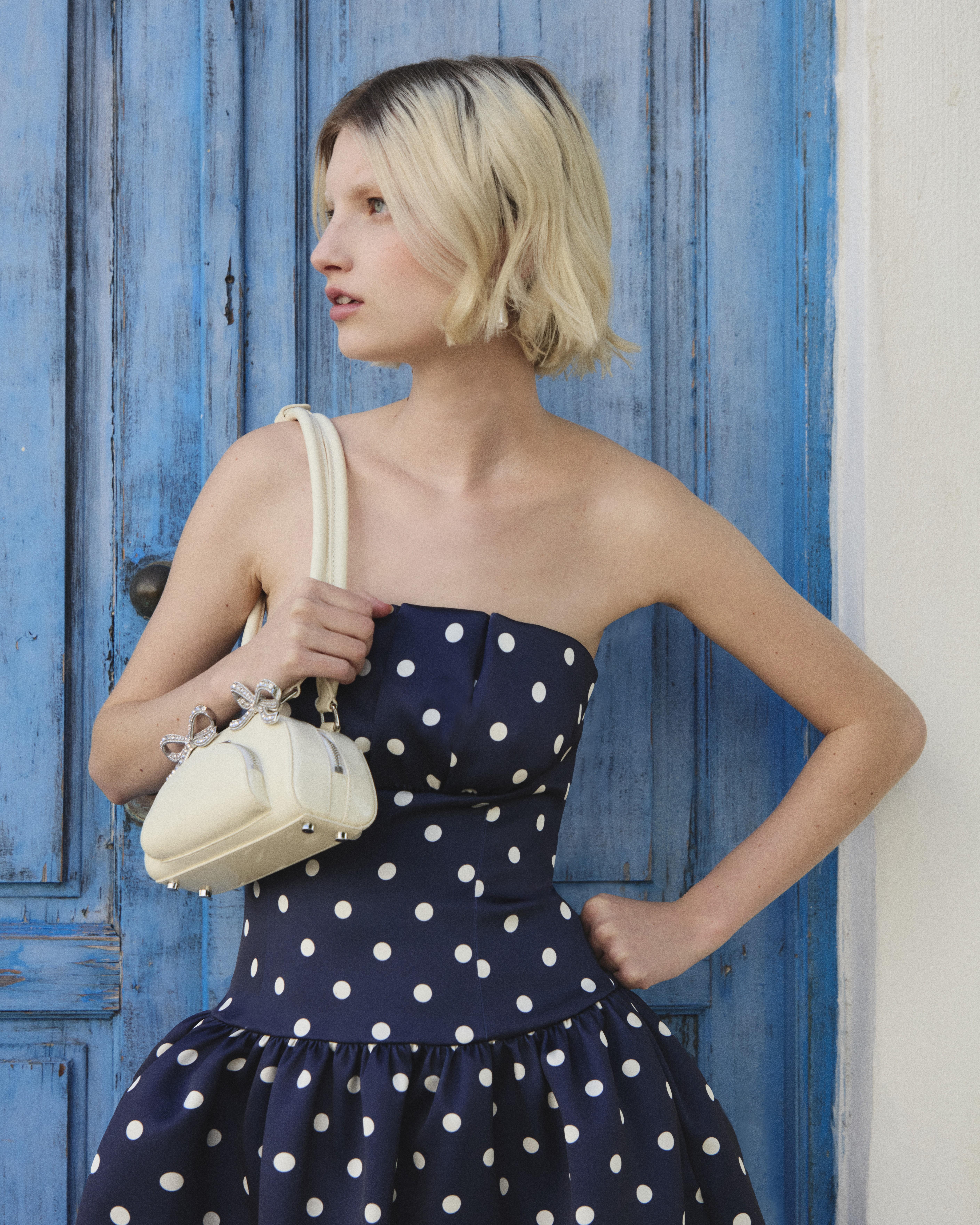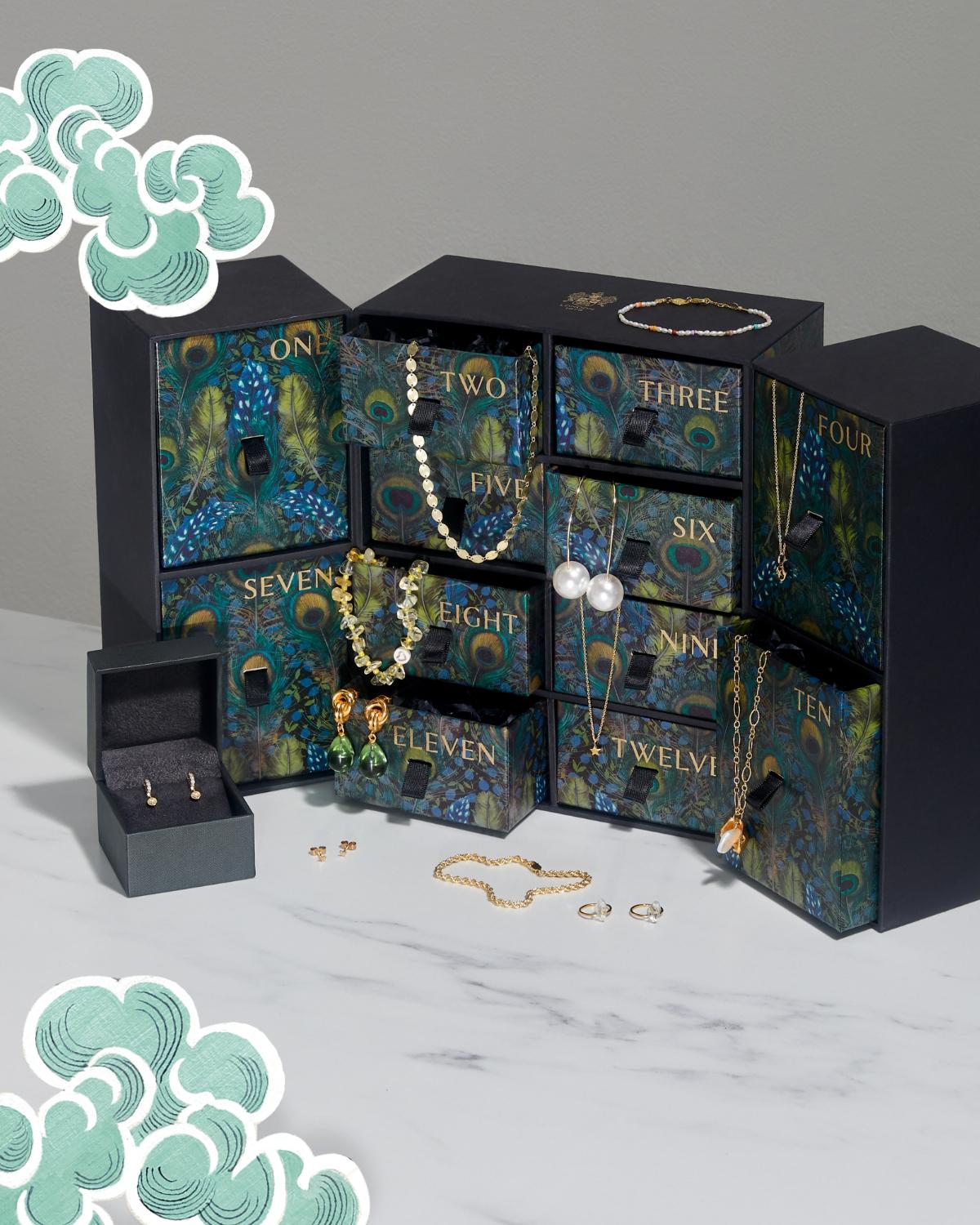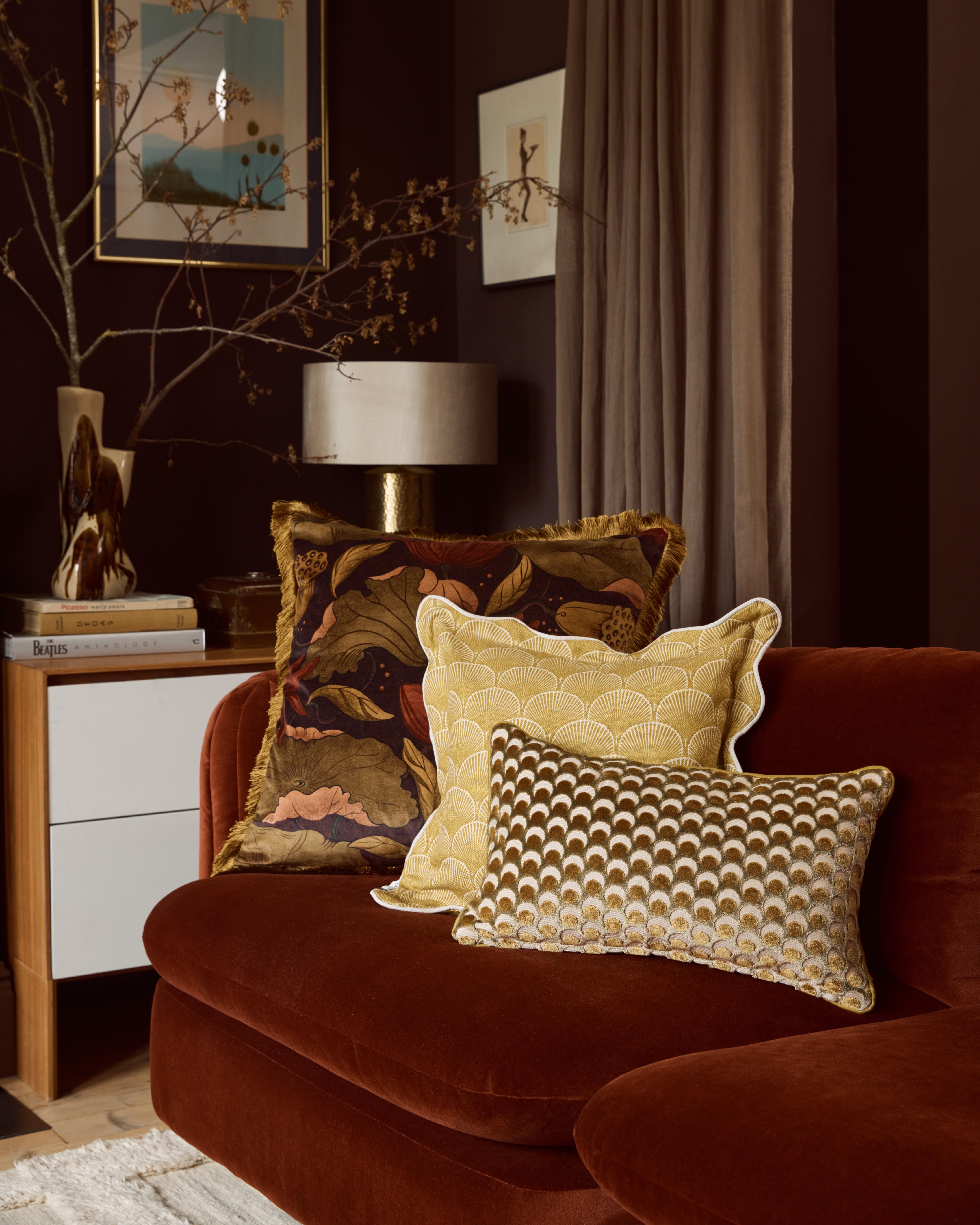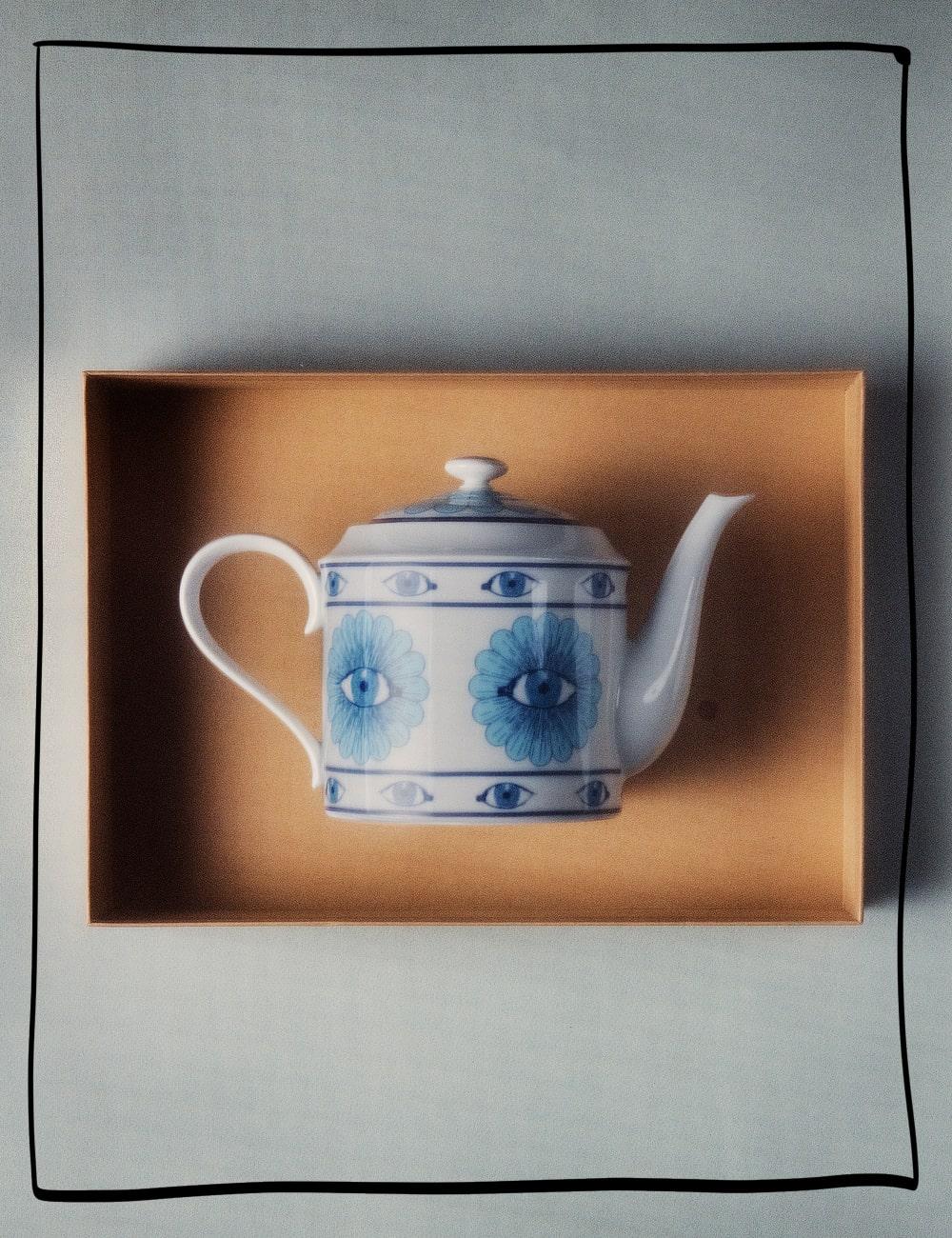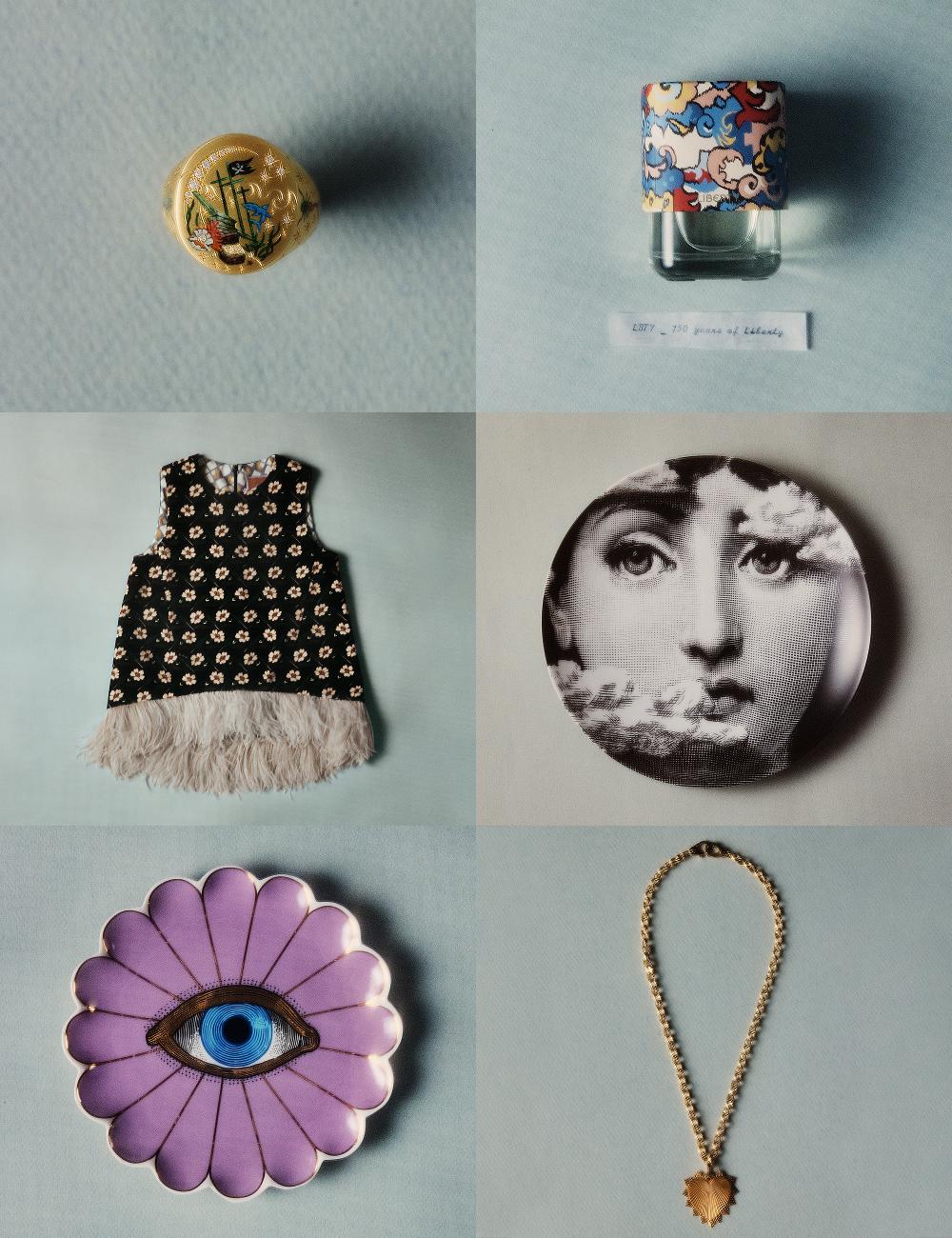In the Studio with Astier de Villatte
Take a trip to the legendary ceramicists’ Paris studio for a tale of intricate craftmanship, exquisite technique and a hint of humour
Read more
In the Studio with Astier de Villatte
Take a trip to the legendary ceramicists’ Paris studio for a tale of intricate craftmanship, exquisite technique and a hint of humour
Benoît De Villatte and Ivan Pericoli. Image © Sophie Delaporte
Take a Metro line south from the Gare de l’Est, and just before you reach the end of the line, you’ll find Paris’ unassuming 13th arrondissement. It’s a typical Parisian suburb - locals queue at the neighbourhood boulangerie, children whizz out of school on their bikes and sirens blare on the surrounding boulevards. In the midst of this most quotidian scene, in the most unlikely of locations, is the workshop of legendary ceramics house: Astier de Villatte.
Across four floors of a 1960s office block, a team of master craftspeople is at work. Intricately moulding, carving, embossing, firing, painting and refining the impeccably detailed creations for which Astier de Villatte has become renowned.
Founded in 1996 by Ivan Pericoli and Benoît de Villatte, Astier’s instantly recognisable, glossy white ceramics are, the duo tells us, created in the pursuit of beauty. What truly sets the creations apart, however, is a unique alignment of exquisite beauty, intricate craftsmanship and a hint of playfulness. As Pericoli puts it, “If you're too serious, you start being heavy, pedantic and academic. We like to things to keep a freshness and lightness: some kind of humour.”
Alongside their own collections, this has led them to collaborations with notable artists and makers, including John Derian, Eva Jospin, Serena Corone and, most recently, Grace Coddington.
Each piece in the Astier de Villatte miscellany is crafted with exquisite care. Created entirely by hand at the Parisian studio, where a sense of serene calm emanates from each workstation as the Astier team carve and mould the distinctive, black terracotta clay that is the basis of each piece.
The collections require an extraordinary attention to detail at every stage. From the jewellery box, which requires eight separate firings to render its pristine, gold flecked details, to the statement sculptures that will take almost a month of meticulous work to bring to life. Even the simplest of pieces, such as plates and bowls, will take around two weeks to go from clay to crockery.
As such, every piece is unique. One maker will shape a piece from start to finish, and each stamps the base of their works with a unique maker’s mark. The most seasoned Astier de Villatte afficionados will hunt down the stamps of their favourite makers, building collections within collections of their preferred stylistic details.
What’s clear from both founders and artisans when Liberty visits the brand in Paris is that, for everyone at Astier de Villatte, these are not simply ceramics: this is art.
To discover more about their unique approach, Liberty journeyed to Paris for a rare glimpse inside Astier de Villatte’s world, guided by Ivan Pericoli and Benoît De Villatte
Shop Astier de Villatte
The Story of Astier de Villatte
How and why did Astier de Villatte begin?
Benoît:
We started the brand at Les Beaux Arts art school in 1996.
Ivan: We were a group of people, mainly from Paris Les Beaux Arts, but not all doing art. We were family and friends: some from architecture, some others were doing industrial design. We were young, mainly students and we had this idea to do this creative project.
How would you describe the Astier aesthetic?
Ivan: We have many ways of describing it. We often say that that is a character. We're building it a bit like you would do with a character or a model.
Astier is someone who has lost some of his memories, or is suffering of amnesia, so he's trying to find his roots. He’s going back to his own history, which has been damaged by modernity and the 20th century revolution. He is trying to remember who he was and what his roots were. Astier is very much a project around memory. Recovering memory and rebuilding a style which remembers pieces of the past like flashes.
Why are collaborations important as an element of Astier’s craft?
Benoît: In the beginning, we worked with very with close friends and family. We were happy to open the company out to our friends and further, so that we can share in our art, which is very nice.
What are the most important principles that define Astier?
Ivan: We're obsessed with beauty and quality rather than utility. First of all, we want things to be well done and to match our standards of beauty. That is, of course, subjective but this is our standard. To us, that is more important than how you use each piece. That is totally secondary.
Why is it important for you to manufacture in the centre of Paris?
Benoît: It's important because we live in the centre of Paris, where we can see all beauty of Paris. We simply cross the city, and we arrive in the in the workshop and it's so beautiful to do that every day. It’s important to have that connection.
Ivan: Exactly, it’s so important to keep the inspiration alive. The fact that the workshop is in the city makes everything super lively. People love coming into our workshop to visit, so it's also good for our friends and customers.
Are there any styles or pieces that you think of as typically Astier?
Benoît: The collection is so large I'm at a loss really, I don't see one typical piece because it's so varied. We really love very simple pieces, but also the very complicated ones, and those between. Sometimes we mix simple pieces with a very complicated one because of that.
Ivan: What seems most typical to us, is was what we just launched. Honestly, the new collection, I find it really matches the personality of this “Astier” character. That being said, we also love our ancient collections, so it's a bit hard to define!
When you are designing a new collection, where do you find your inspiration?
Benoît: A lot of it we find in places like museums, but also in the street. It's a mix of lots of different stories.
Ivan: Absolutely. It can be a fragrance, or it could be that you're drinking a cocktail, and you notice that there's some something absolutely delightful in the cocktail. It can be anything, or it could be meeting someone.
For example, we’re doing a collaboration now with Grace Coddington and she's such a character when you meet her. You have the feeling of meeting someone from another era, but she’s so much in her time. This is an inspiration. When we meet someone like that, it instantly creates an atmosphere.
Can you tell us a little more about the process of creating the ceramics?
Ivan: The process we use is very ancient. Ancient Romans did ceramics this way. The technique is to have a leaf of a clay, which can be very thin. We like it when it's quite thin. Then, with your hands you put it on a mould and make the shape. This was a common technique until the 18th century with the industrial revolution, where they found a new method that was more efficient and made things look perfect, pristine: made by machines. Nowadays, most construction from our point of view of course looks like it was made by robots rather than humans.
Benoît: It’s a very old technique, but we discovered this technique in art school because our teacher. He showed us how to use this technique, with this clay. For me, that is very important because we always have this link back to a marvellous teacher in art school.
There's an extraordinary beauty in how reality is organised but if you don't pay attention, you don't see it.
Why is beauty so important to you?
Benoît: We learned the study of art at Les Beaux Arts: our teachers would focus closely on beauty and for us the beauty is in art and finding what that is.
Ivan: In a way, we are still students of beauty, and we will be students for the rest of our lives. We were taught that you would find beauty in two places: either in the museum in ancient art. Or in nature.
But when we draw and repaint what we see around us, we start observing reality. There's an extraordinary beauty in how reality is organised but if you don't pay attention, you don't see it.
We have a double way of finding beauty, either when you do a portrait, when you draw a landscape or whatever, and of course in the museums. The ancient painters and artists show you how what you see is beautiful, because of how they translated it.
In a way, our interpretation of beauty is quite classical. We love that way, but we don't take it so seriously, because beauty has to relate to lightness and fragility. If you're too serious, you start being heavy and pedantic and academic. We like to things to keep a freshness and lightness, and some kind of humour in our work. There are multiple faces to beauty.
How does this approach to beauty translate to your experience of galleries and museums?
Ivan: To be honest, we don't always like museums much. In museums, paintings often have been restored so much that they look new. They're cleaning up paintings the all the time, again and again, a bit neurotically as is the fashion of the moment. It makes everything look a little bit like Andy Warhol and I'm sure that Andy Warhol himself wouldn’t have liked that.
Nowadays we are a bit confused: we're mixing up what's clean with what's beautiful. You have to accept ageing, you have to accept the patina of time. You have to accept a wrinkle. You have to accept a crack on the on the painting without trying to remove it.
Discover Astier de Villatte's hand crafted treasures on the Third Floor in store at Liberty.
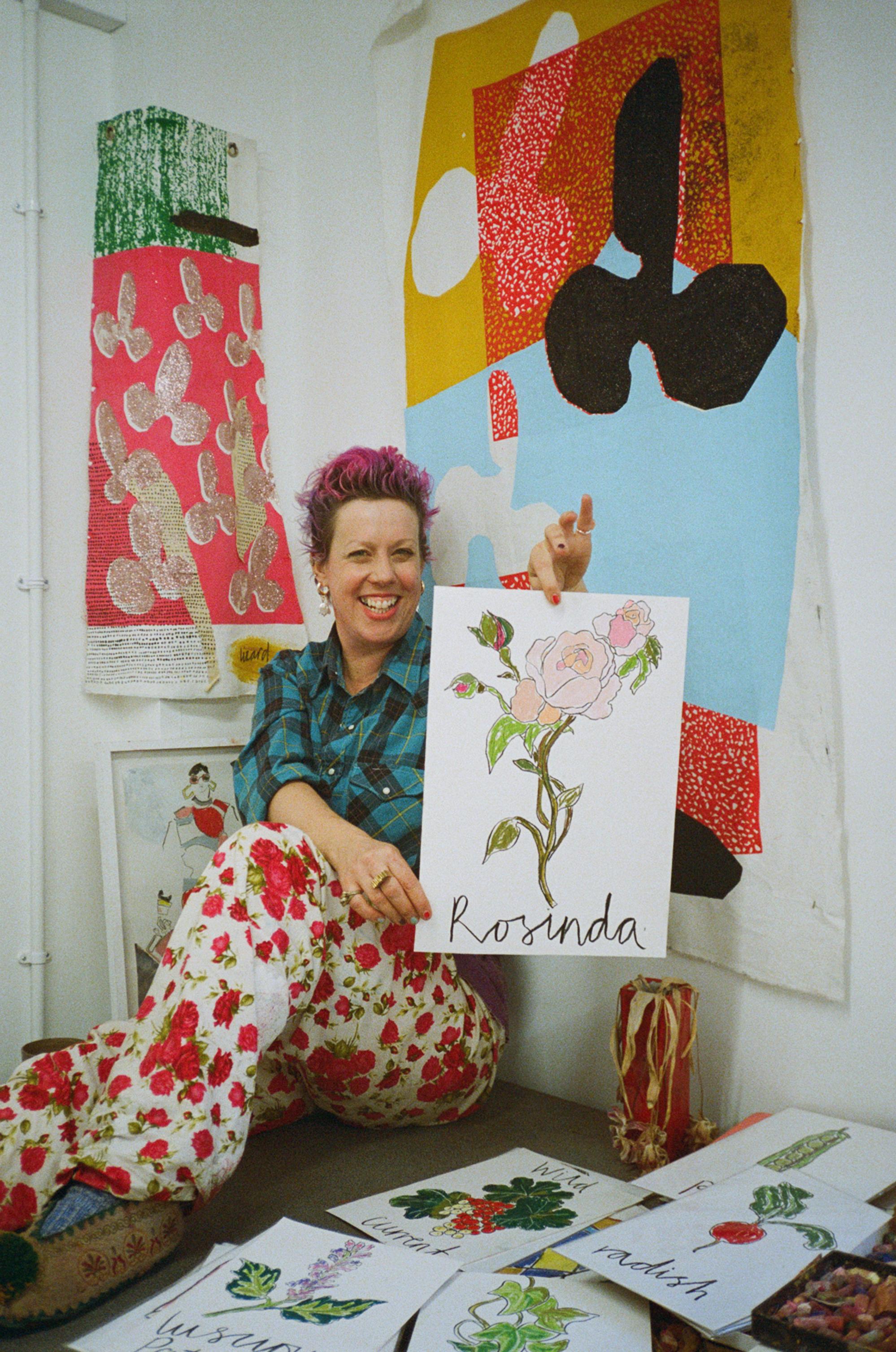
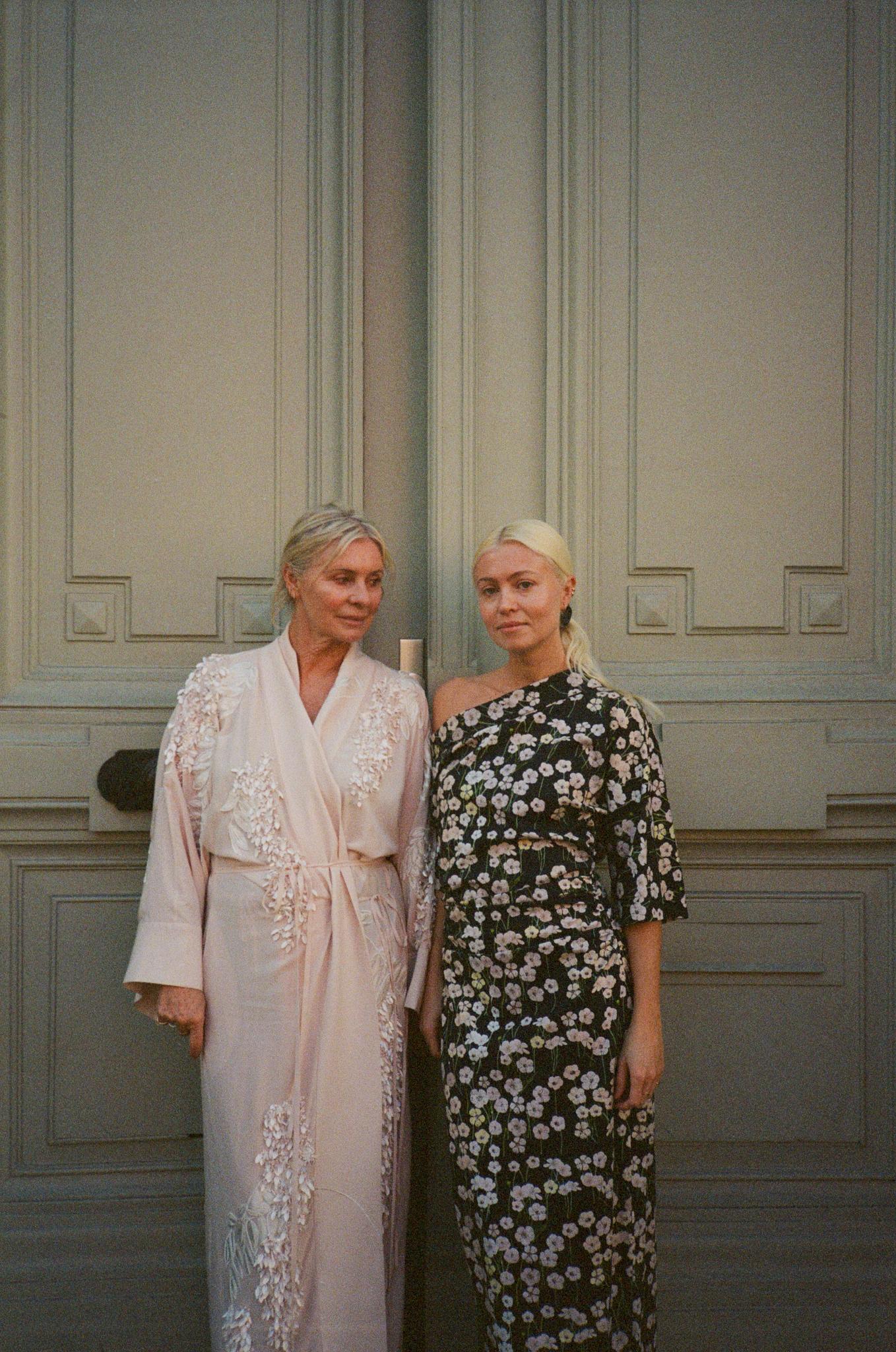
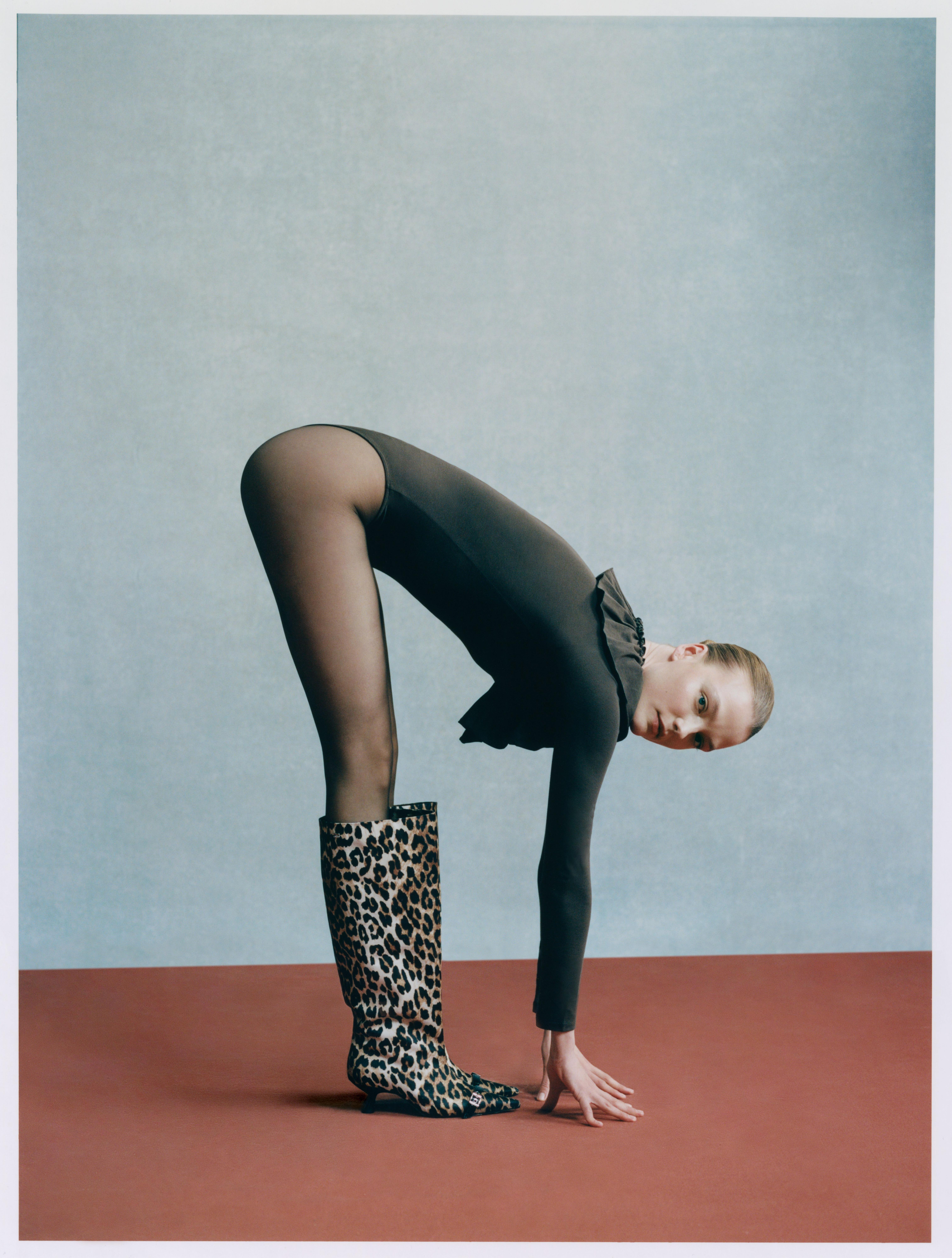
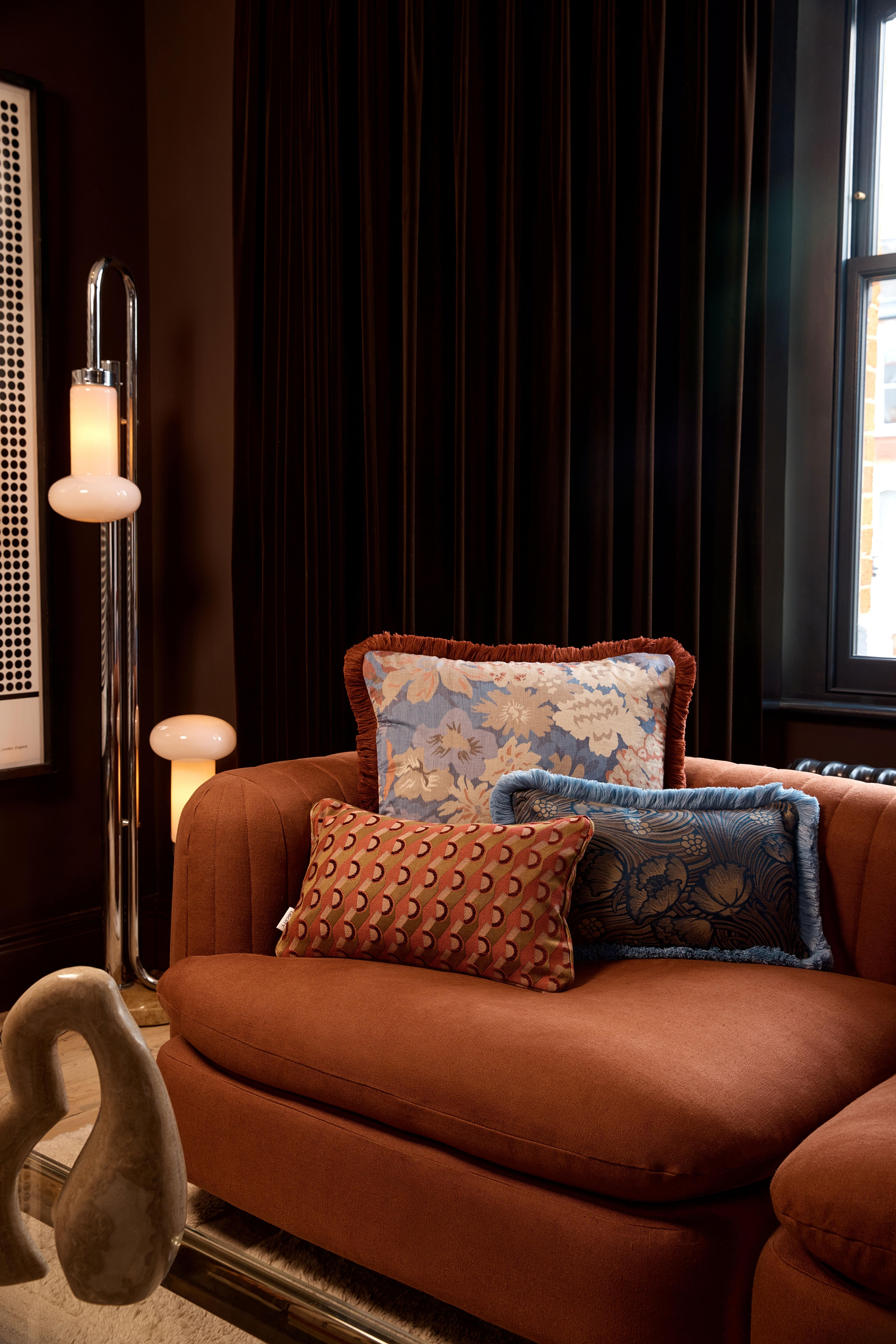
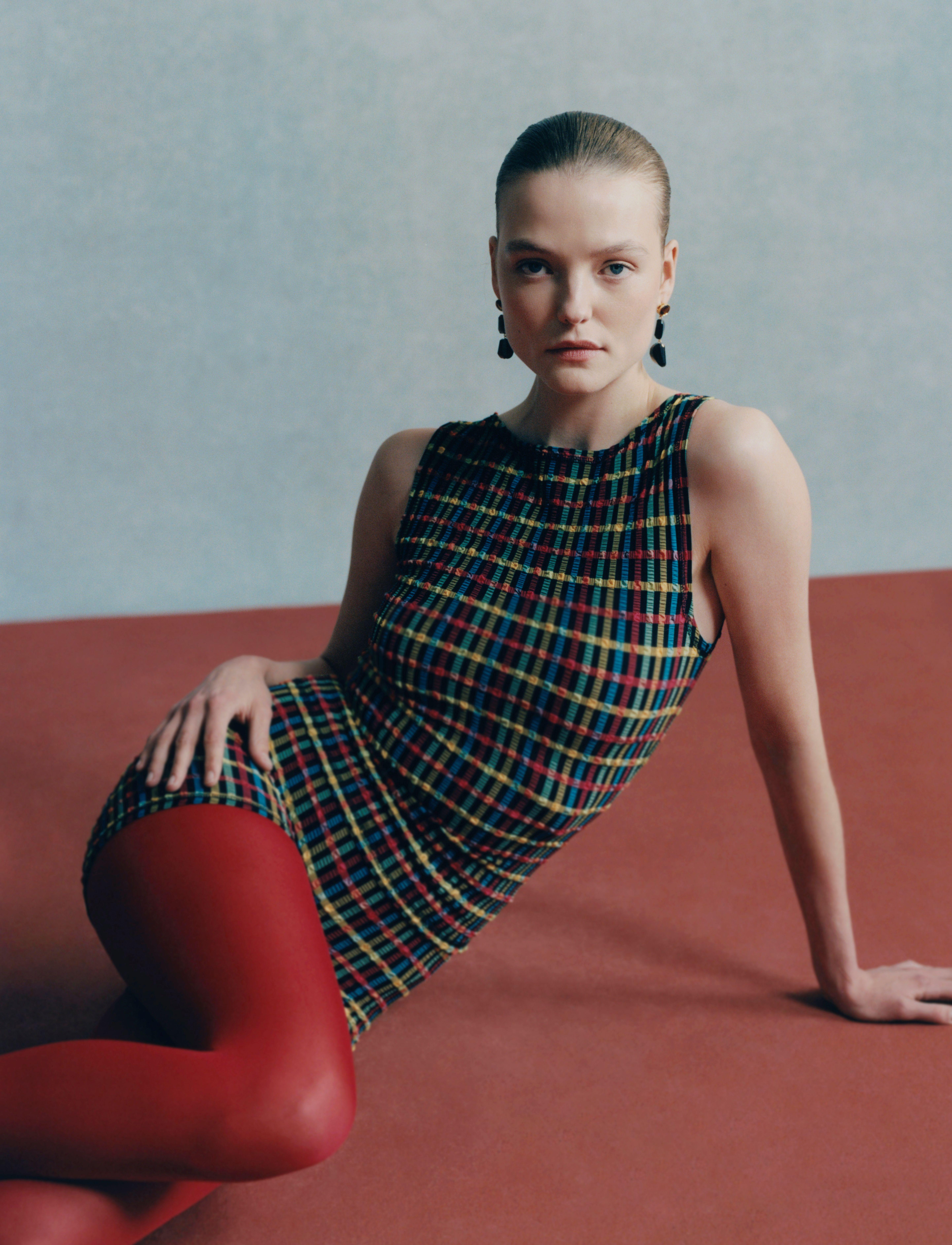
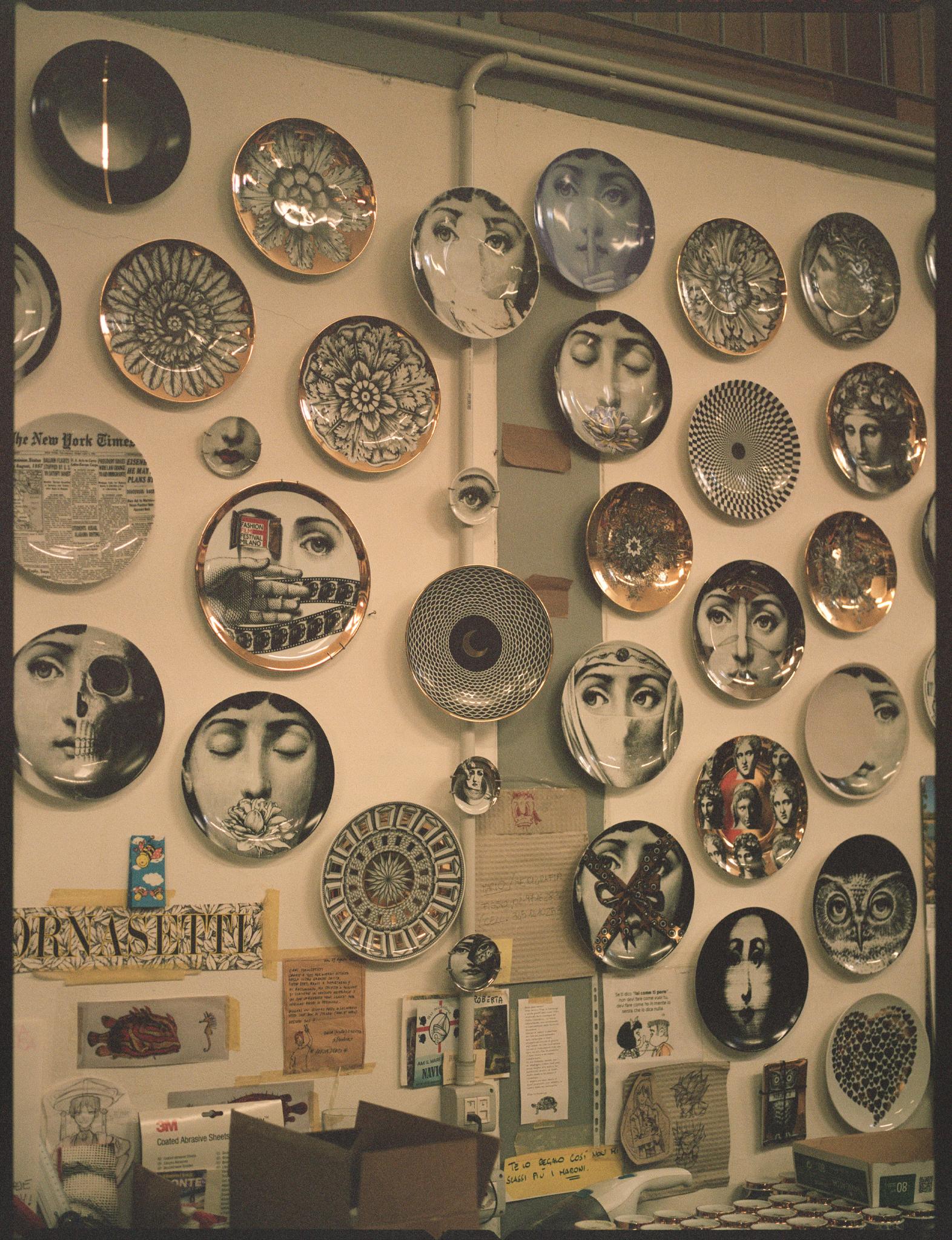
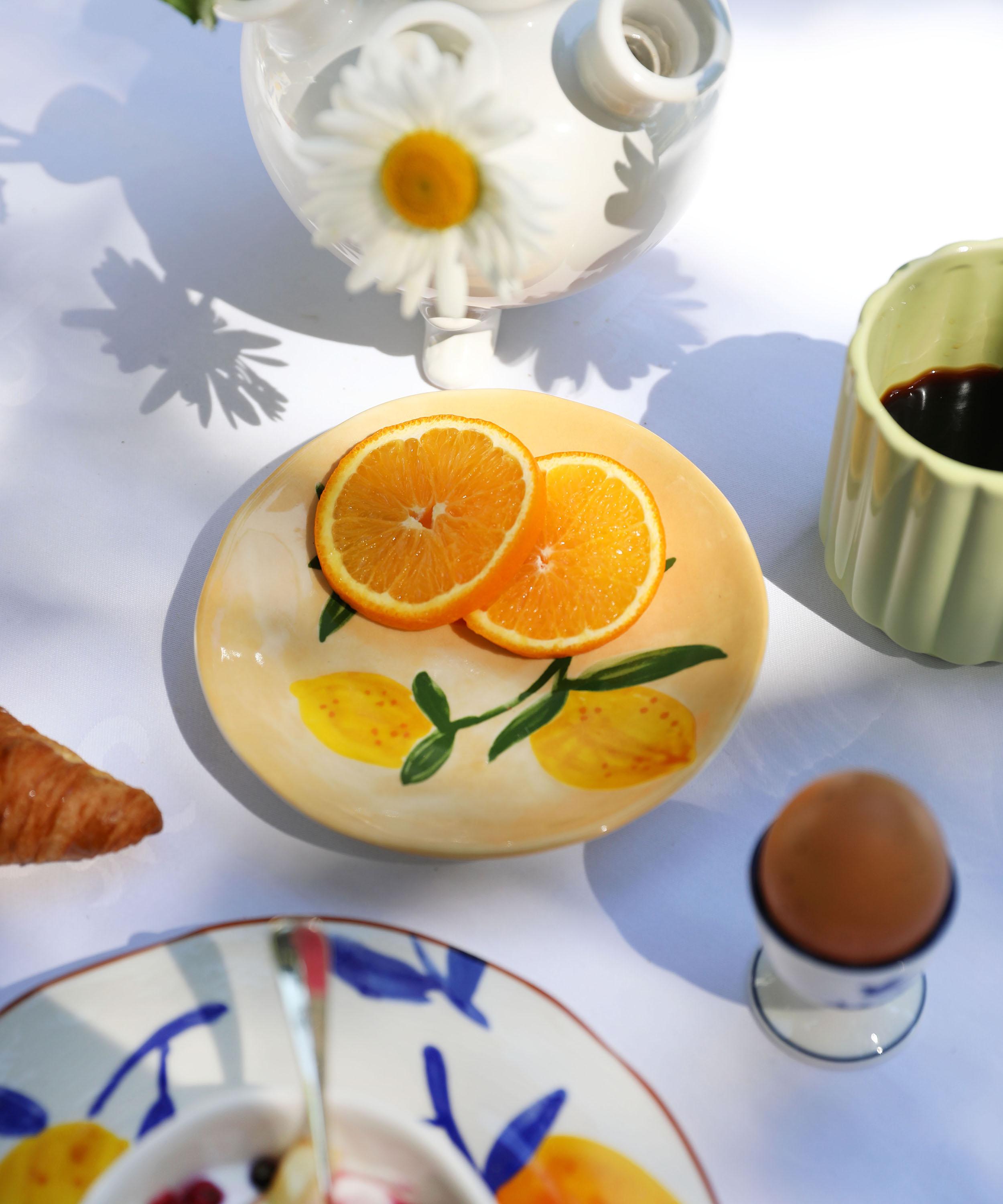


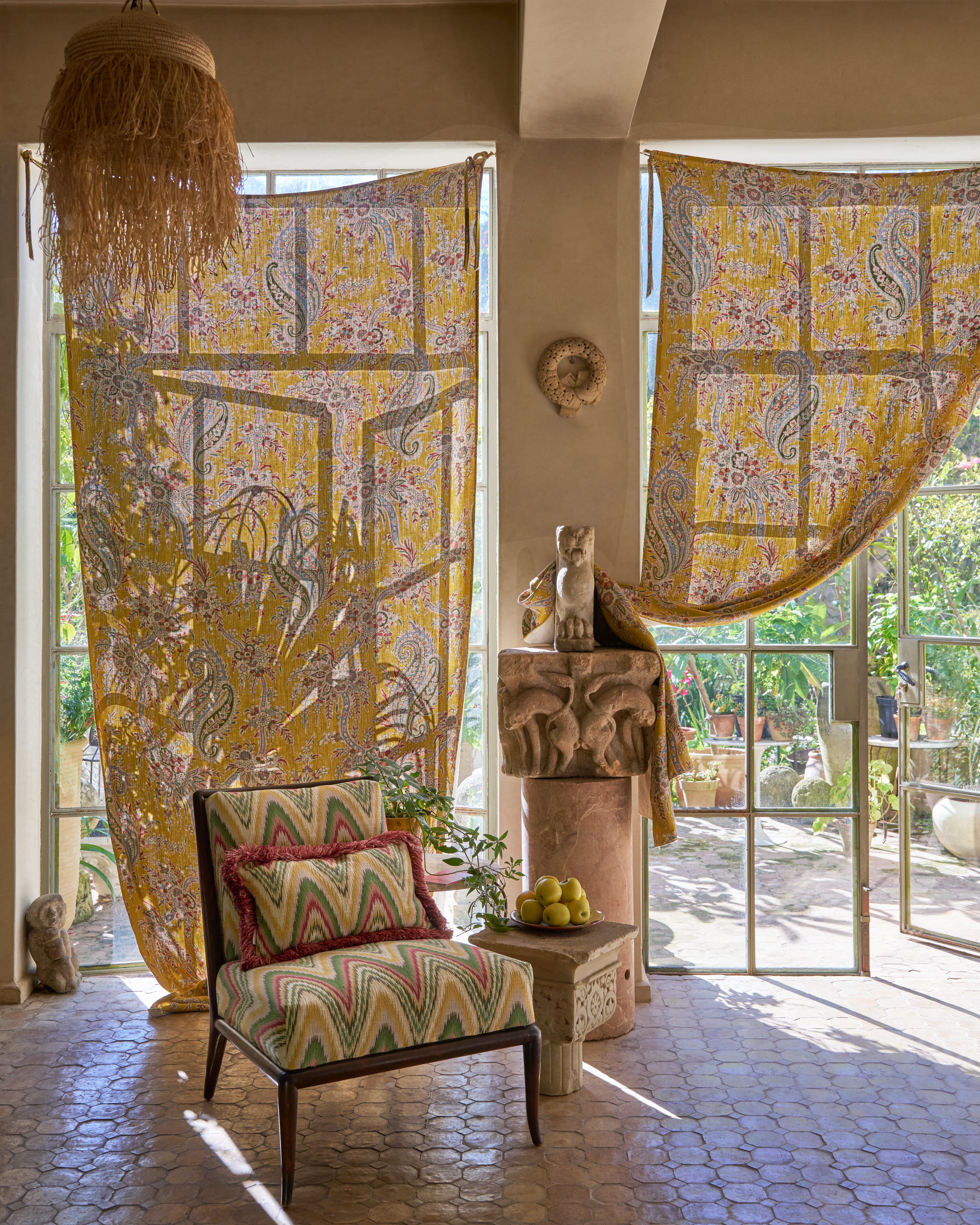
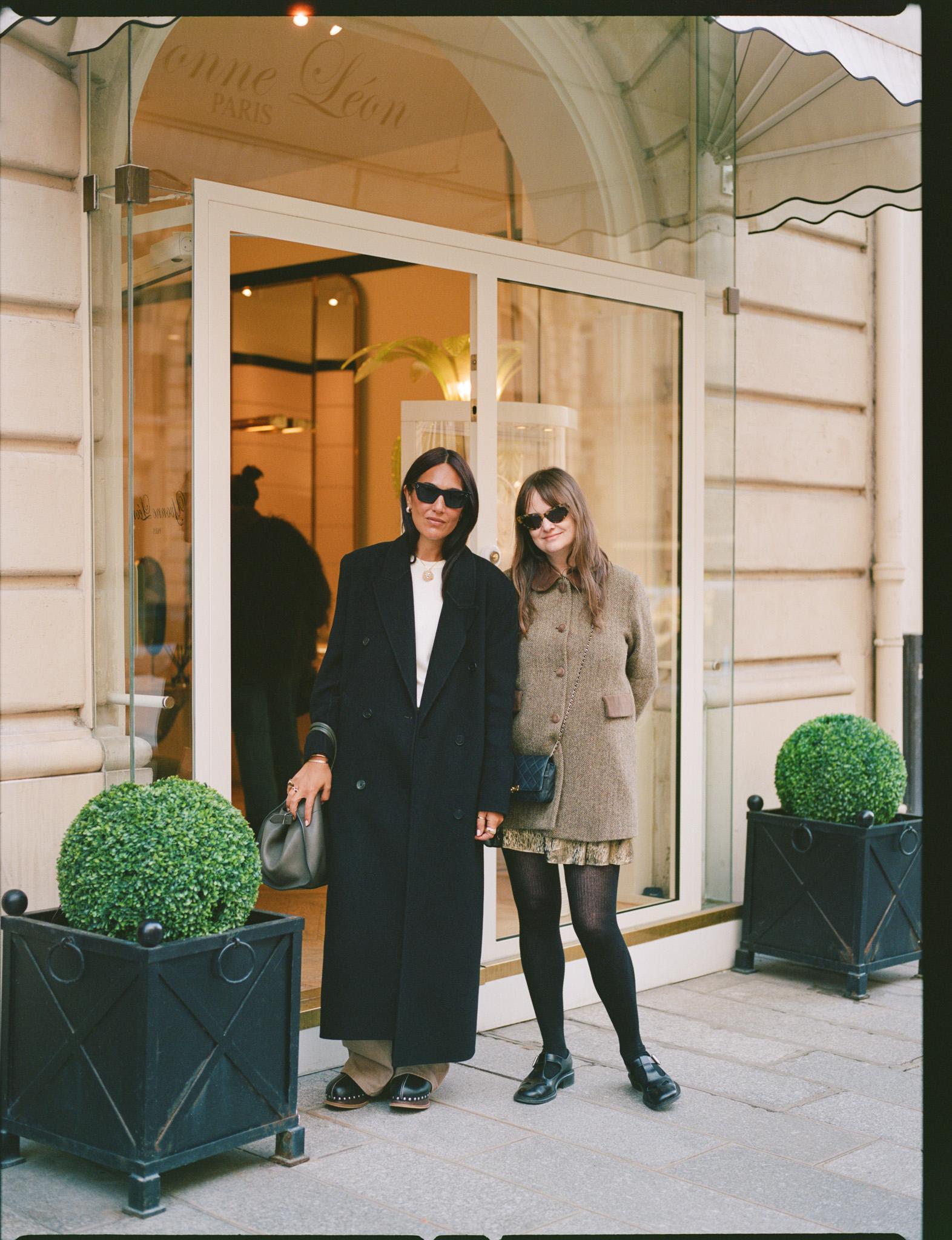
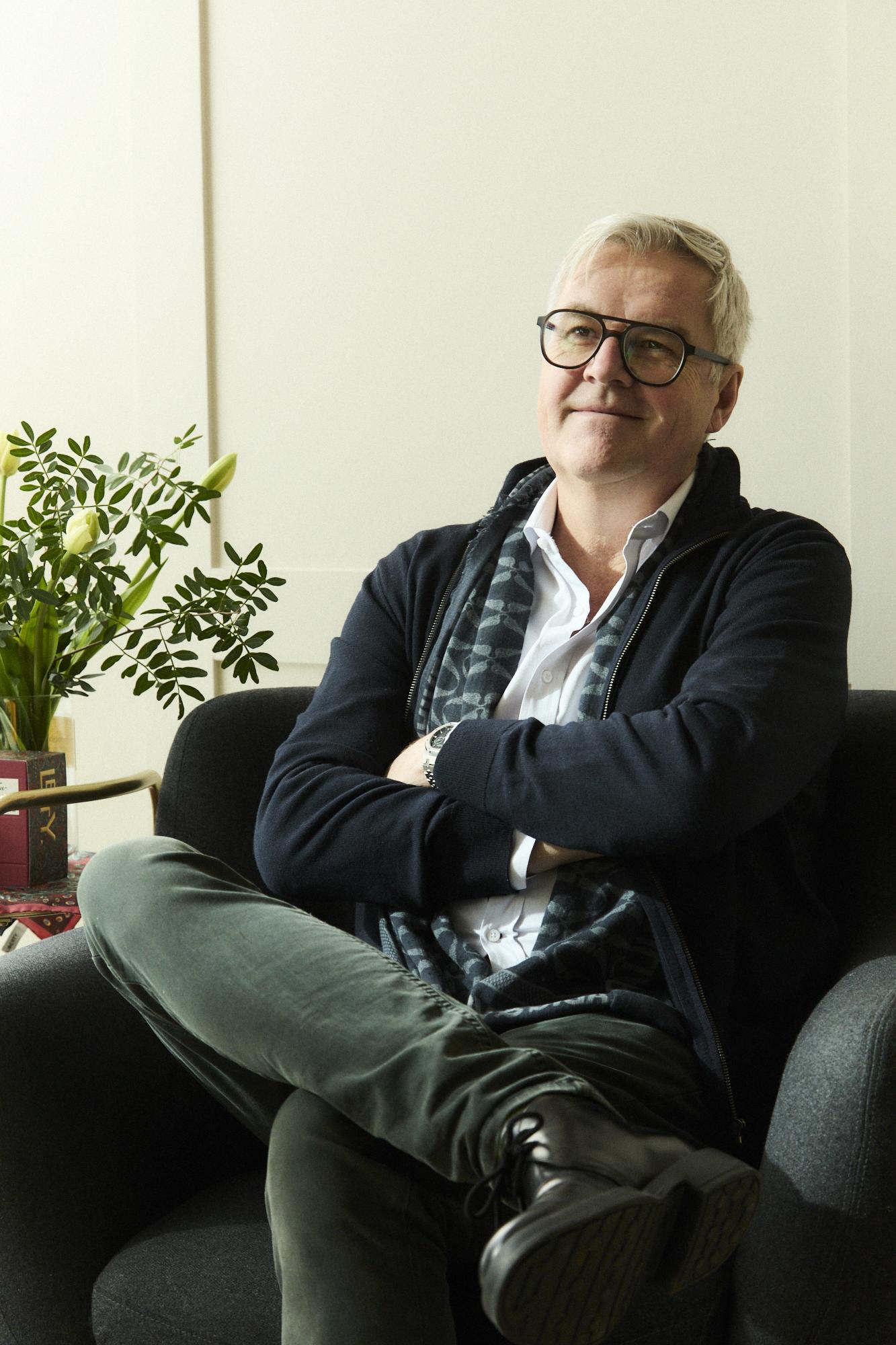
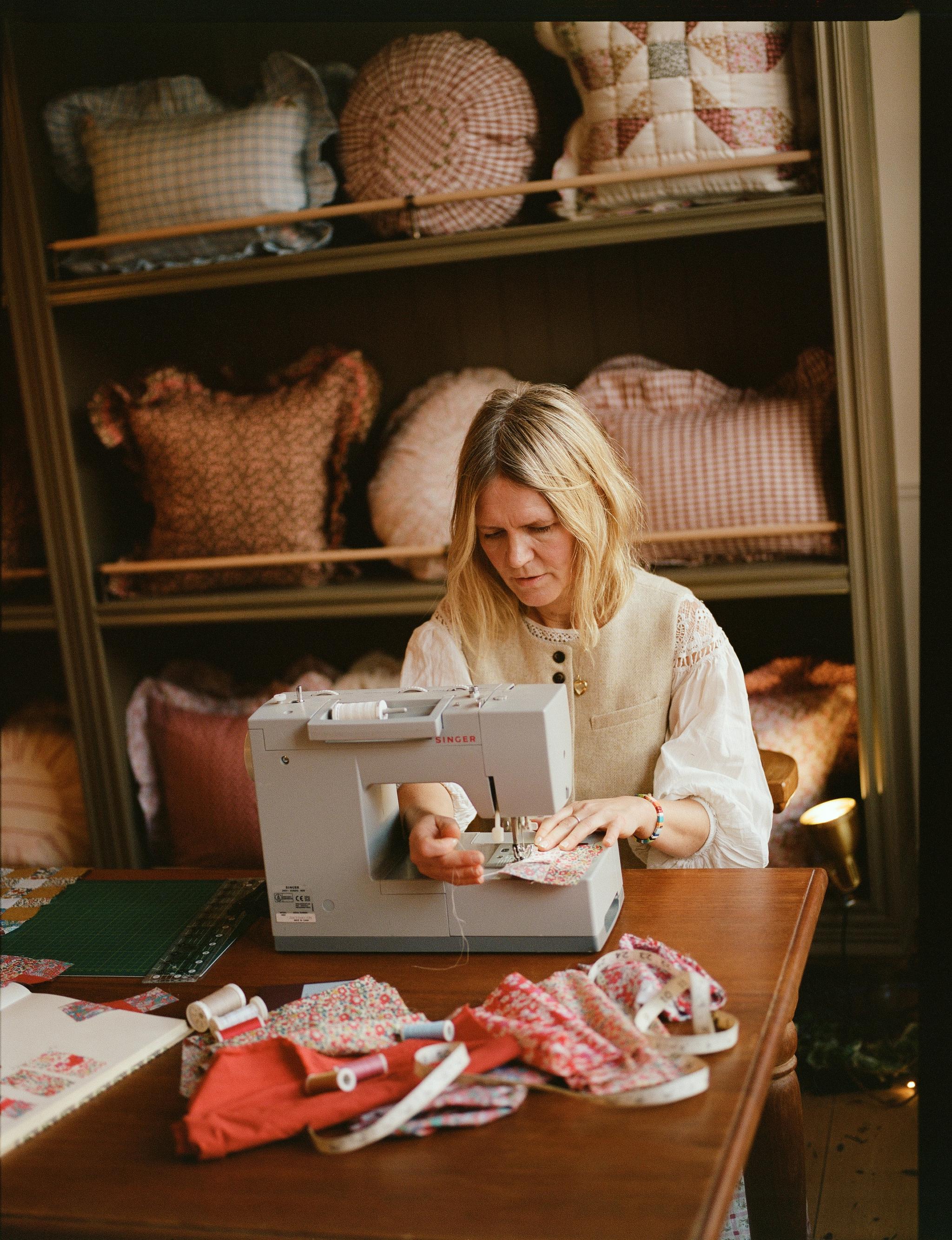
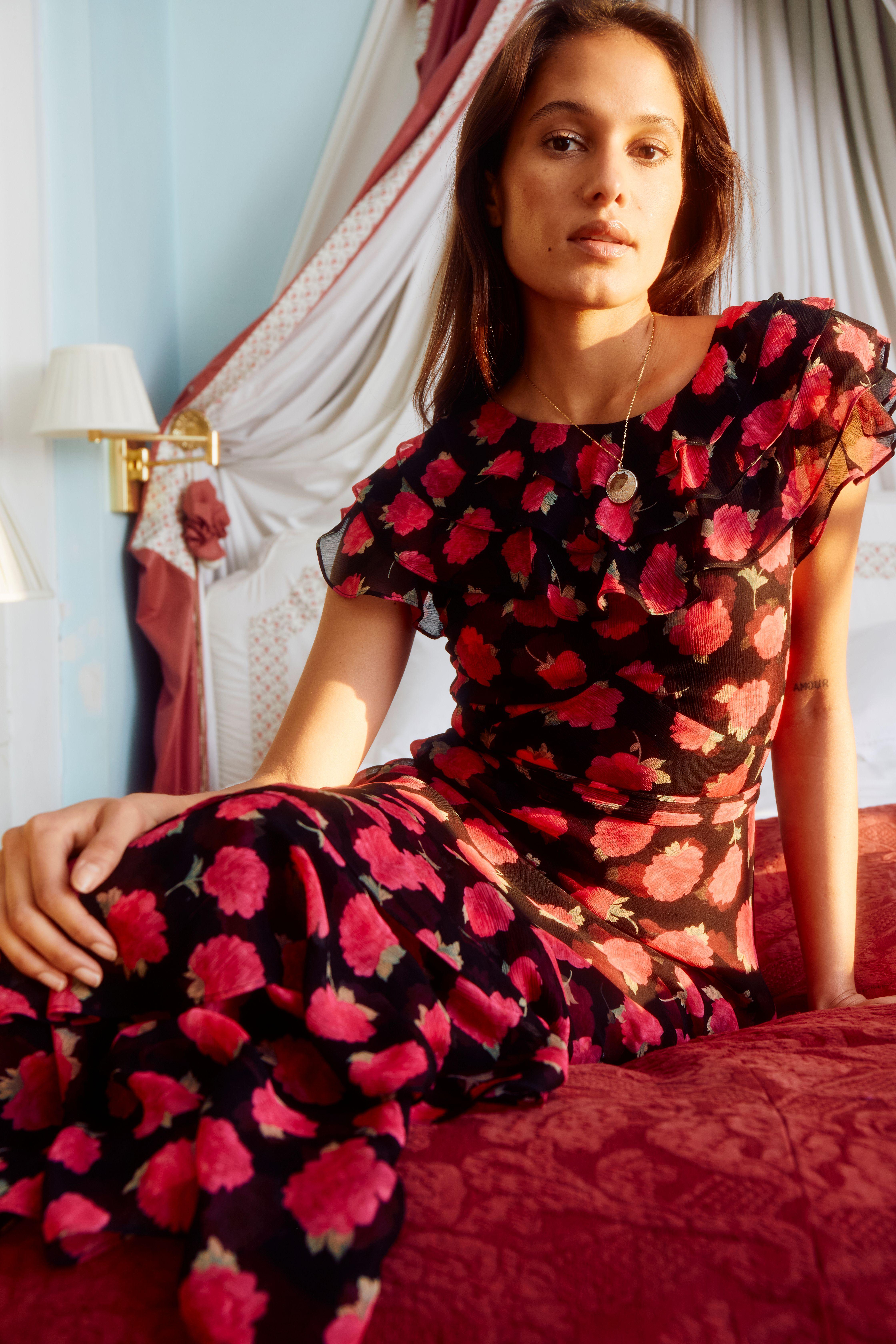




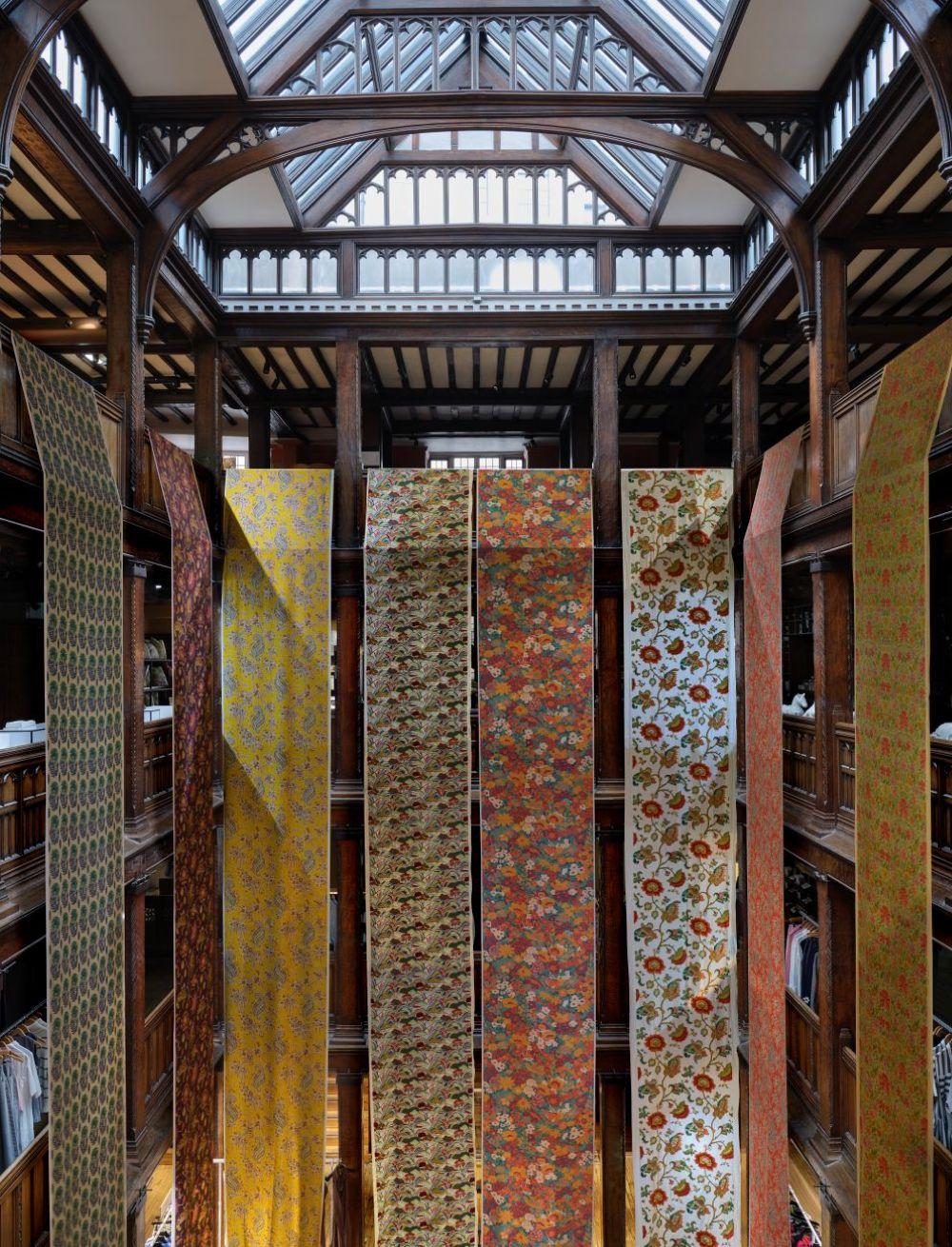
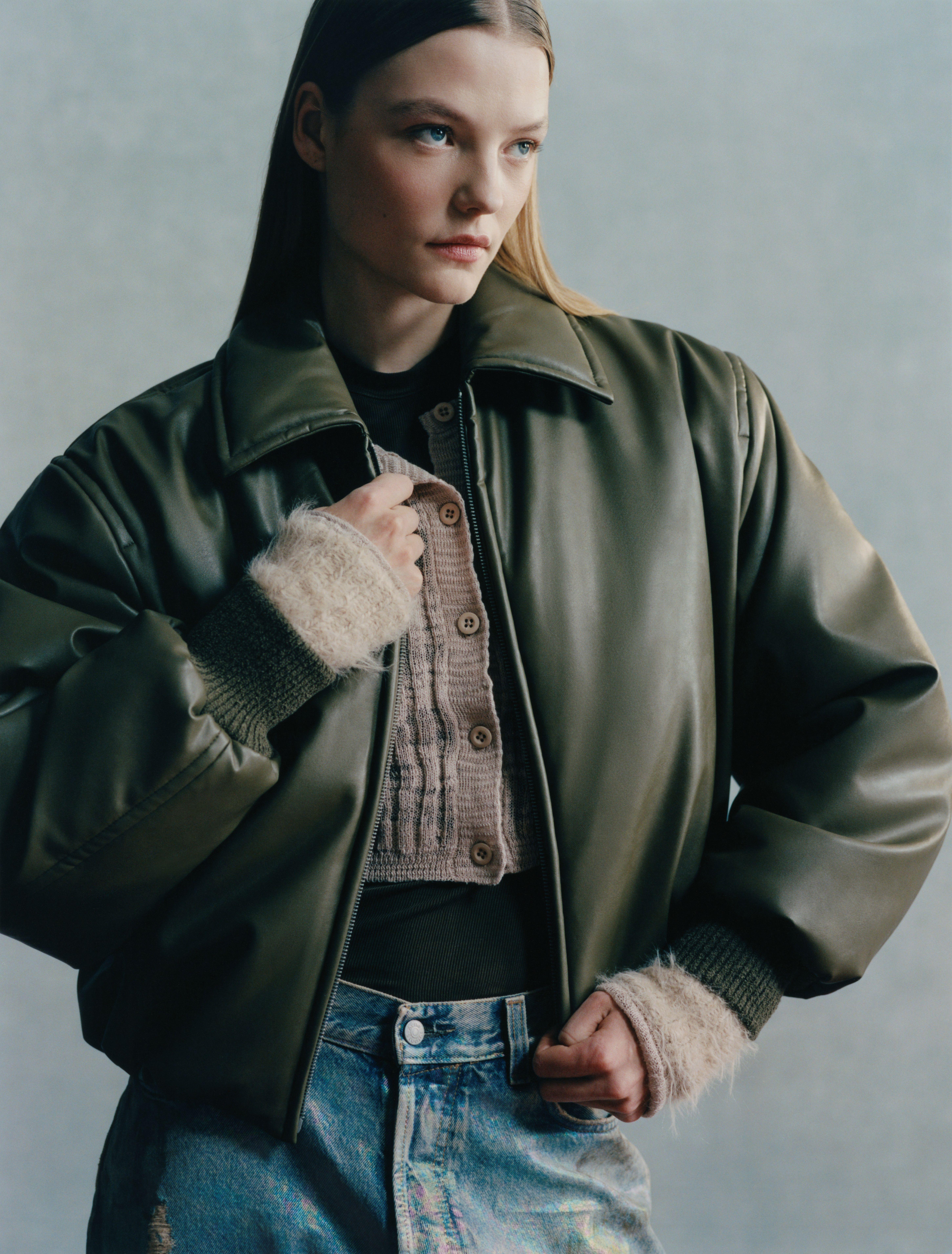
?fmt=auto&qlt=default)
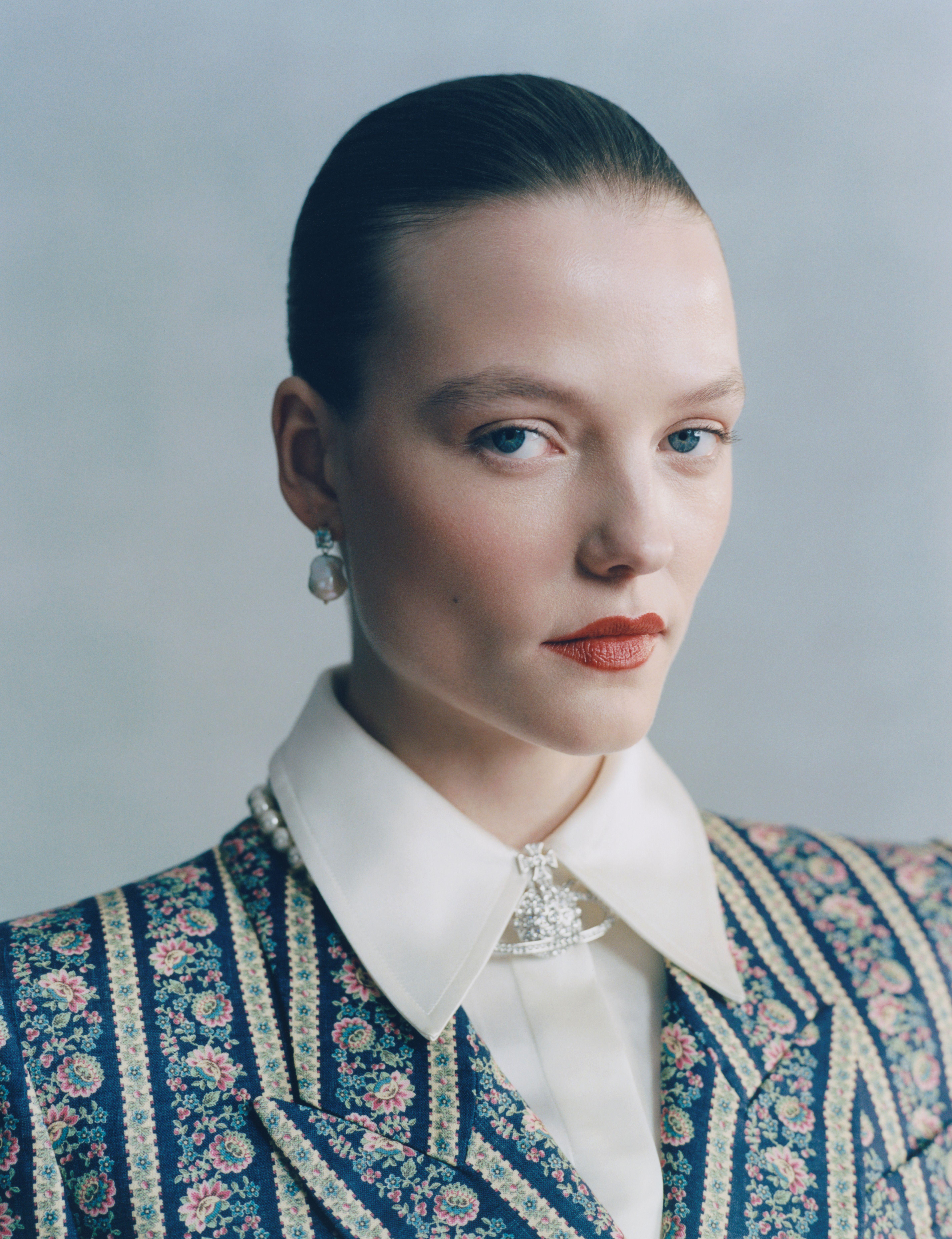

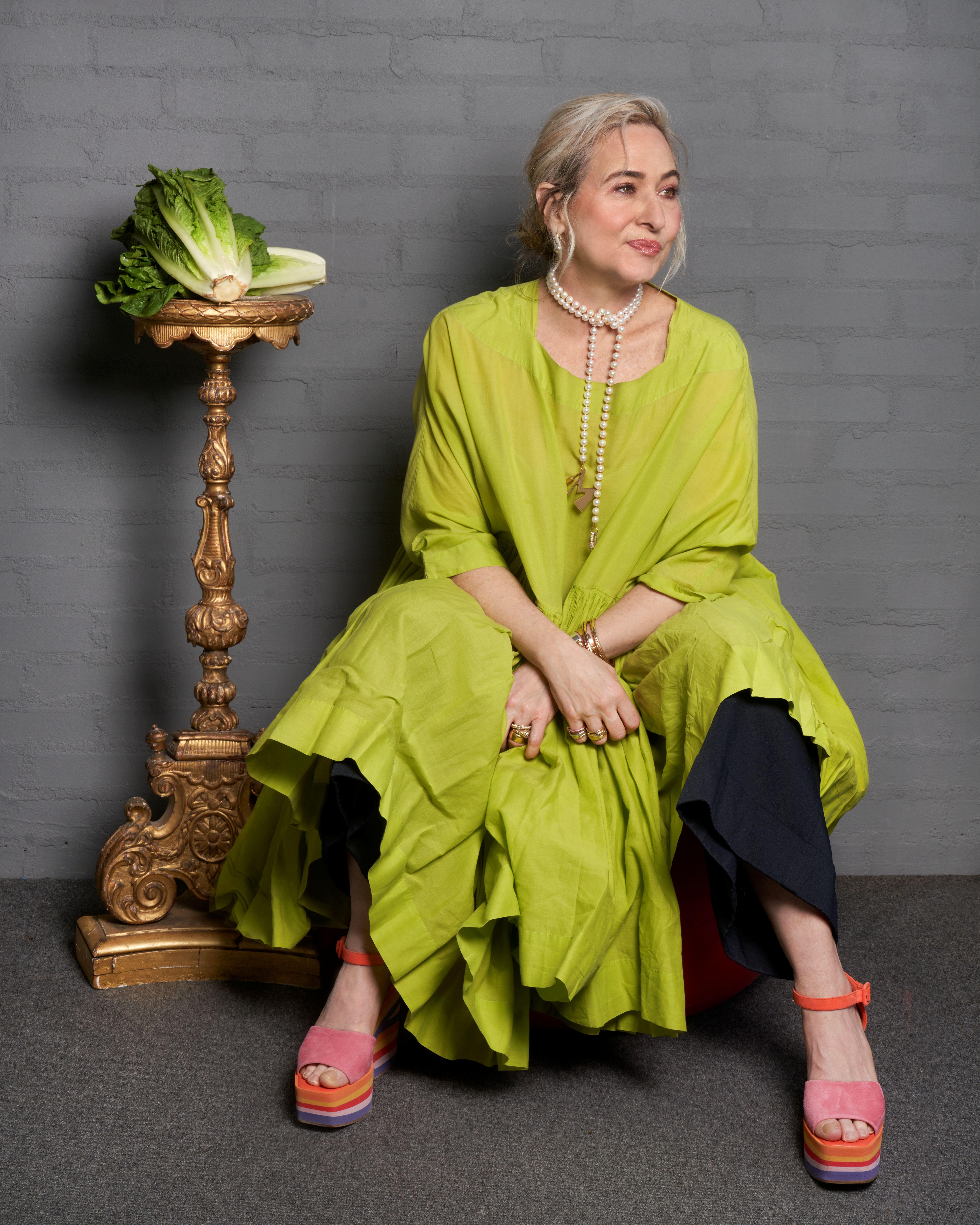

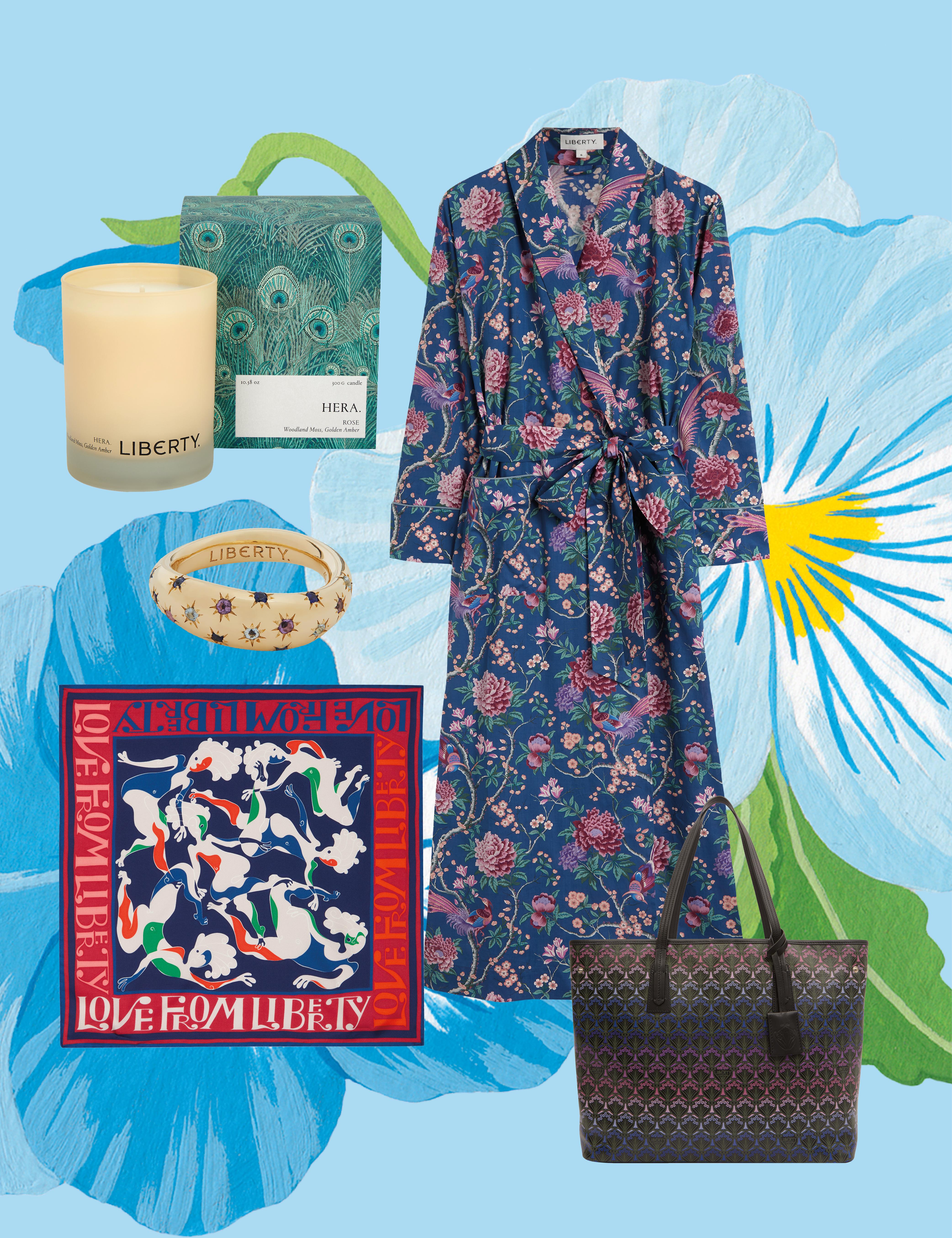
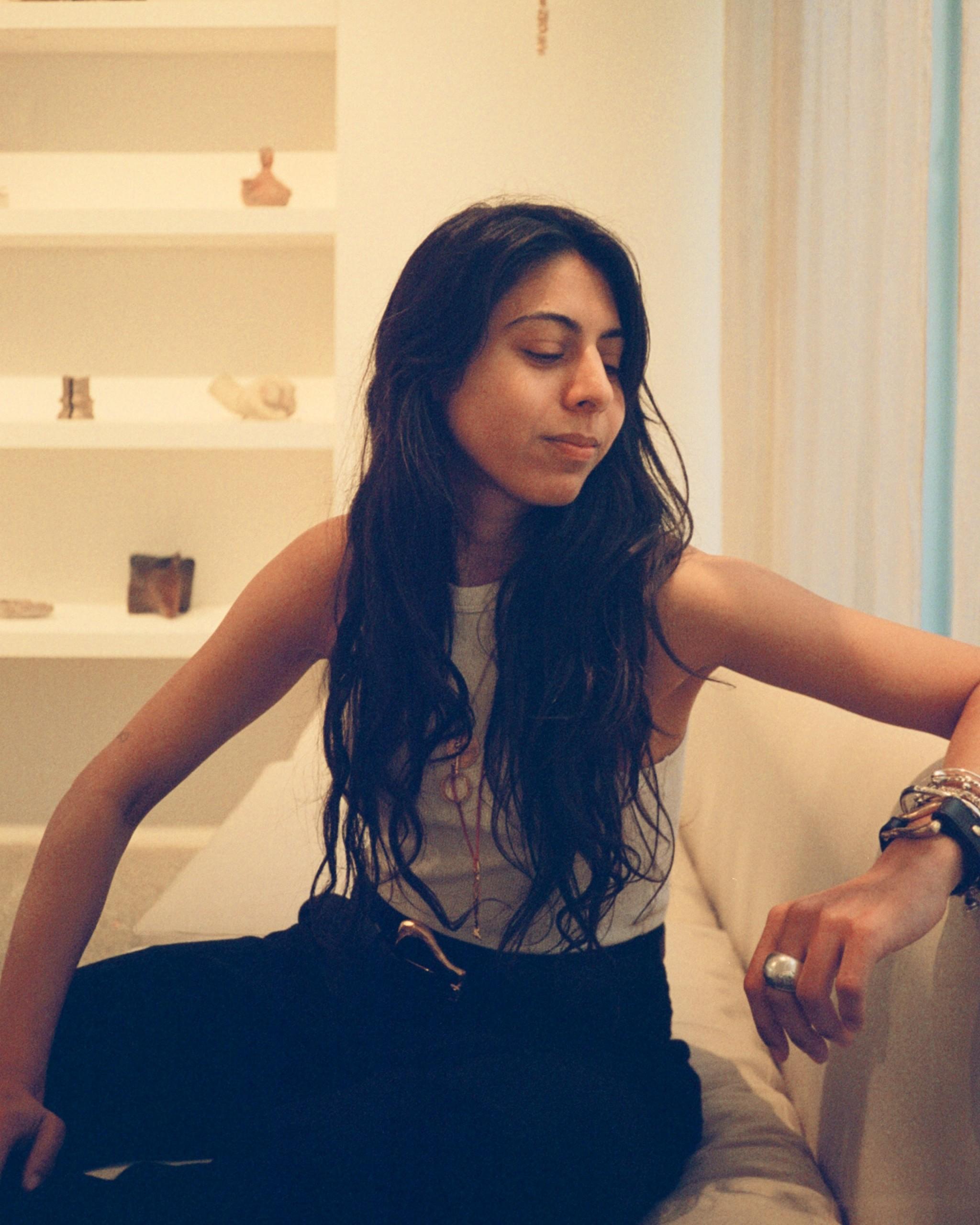
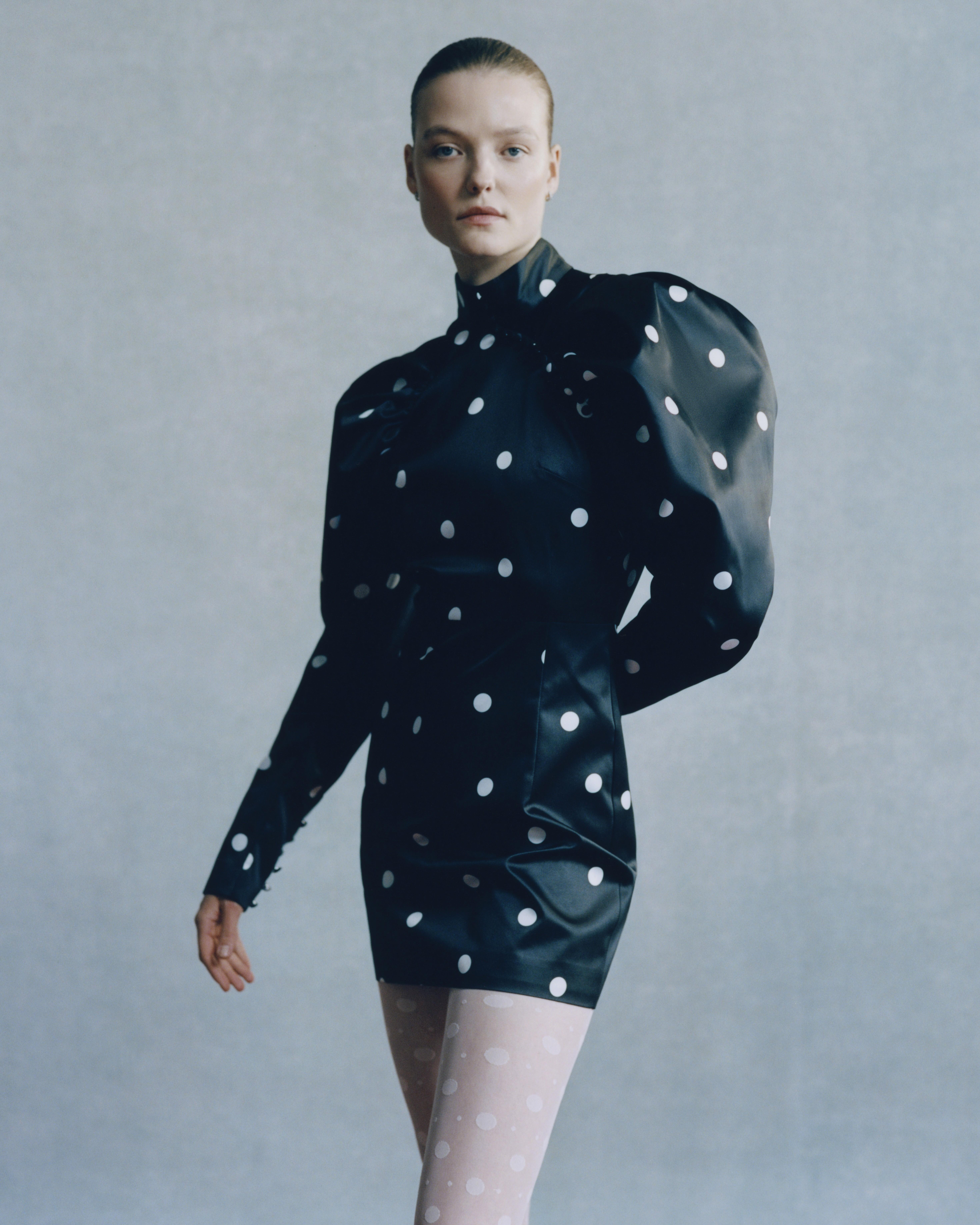
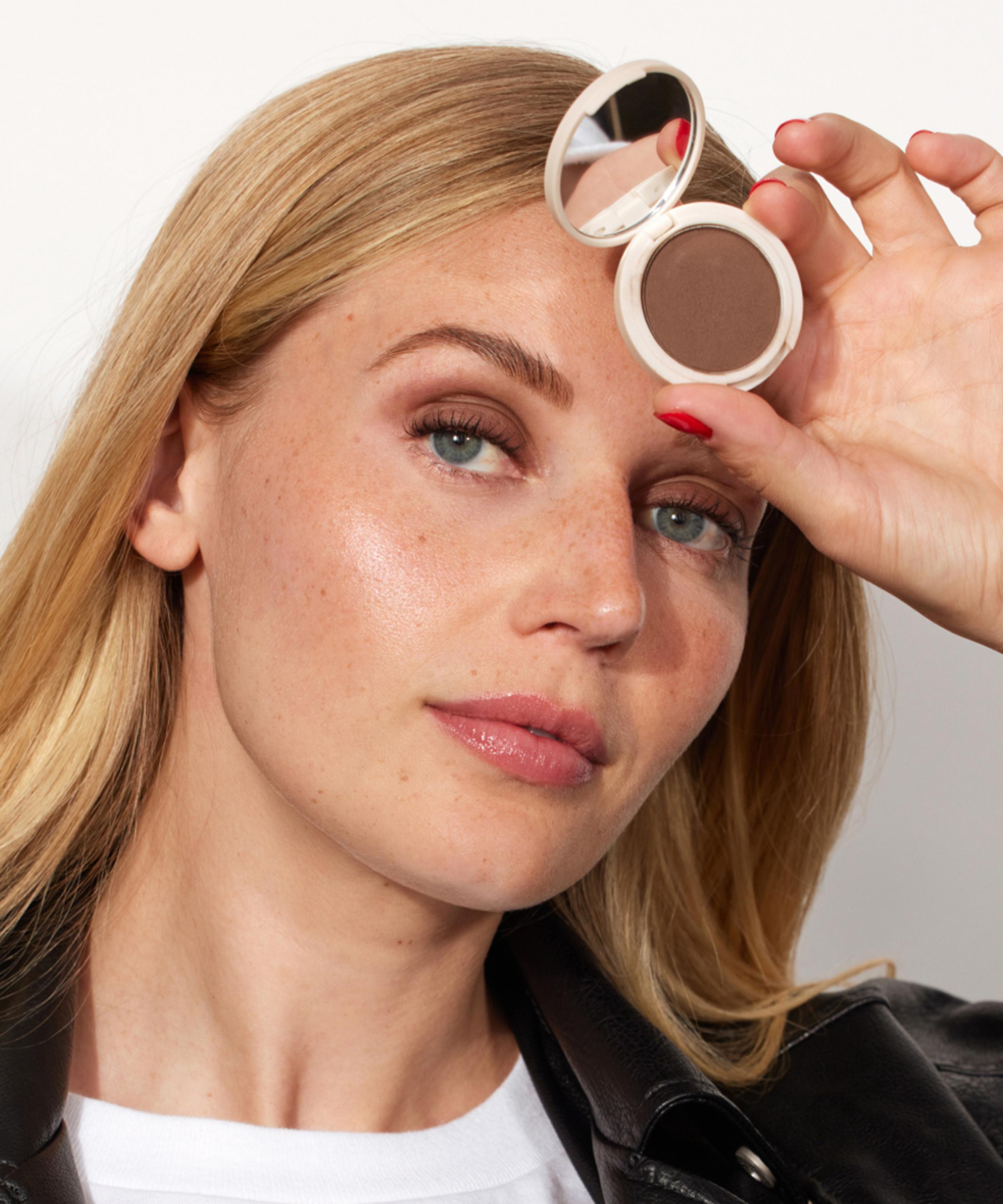
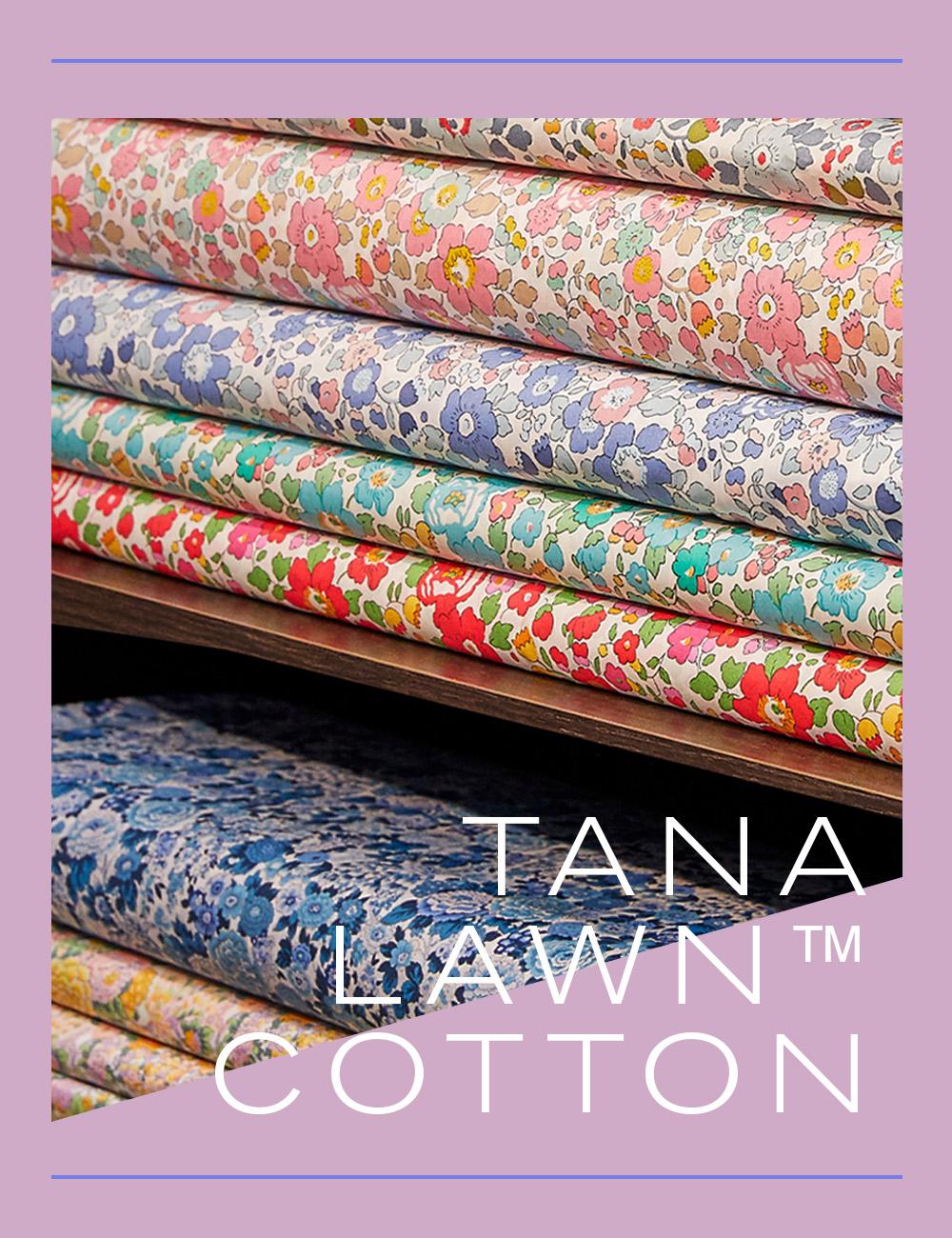
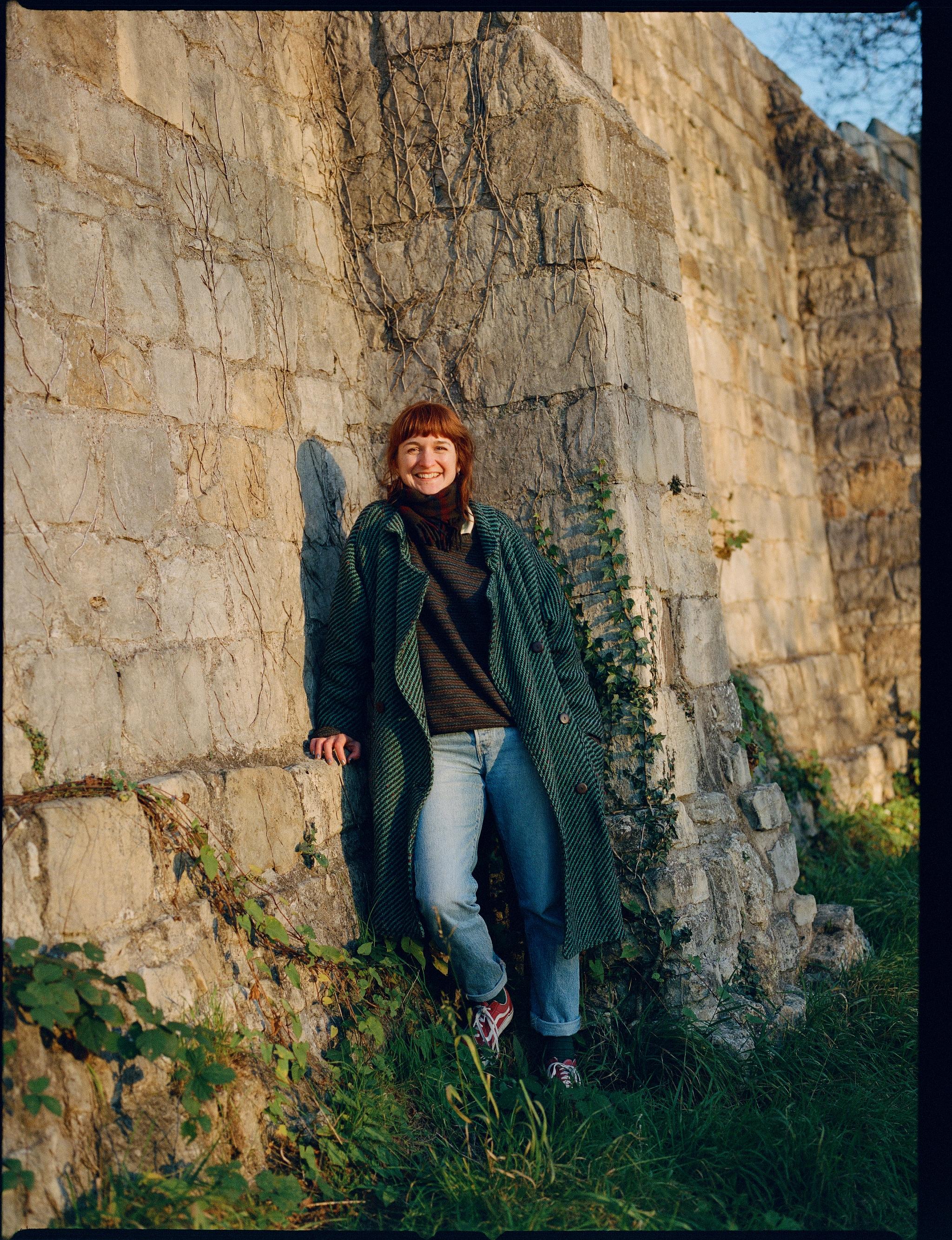
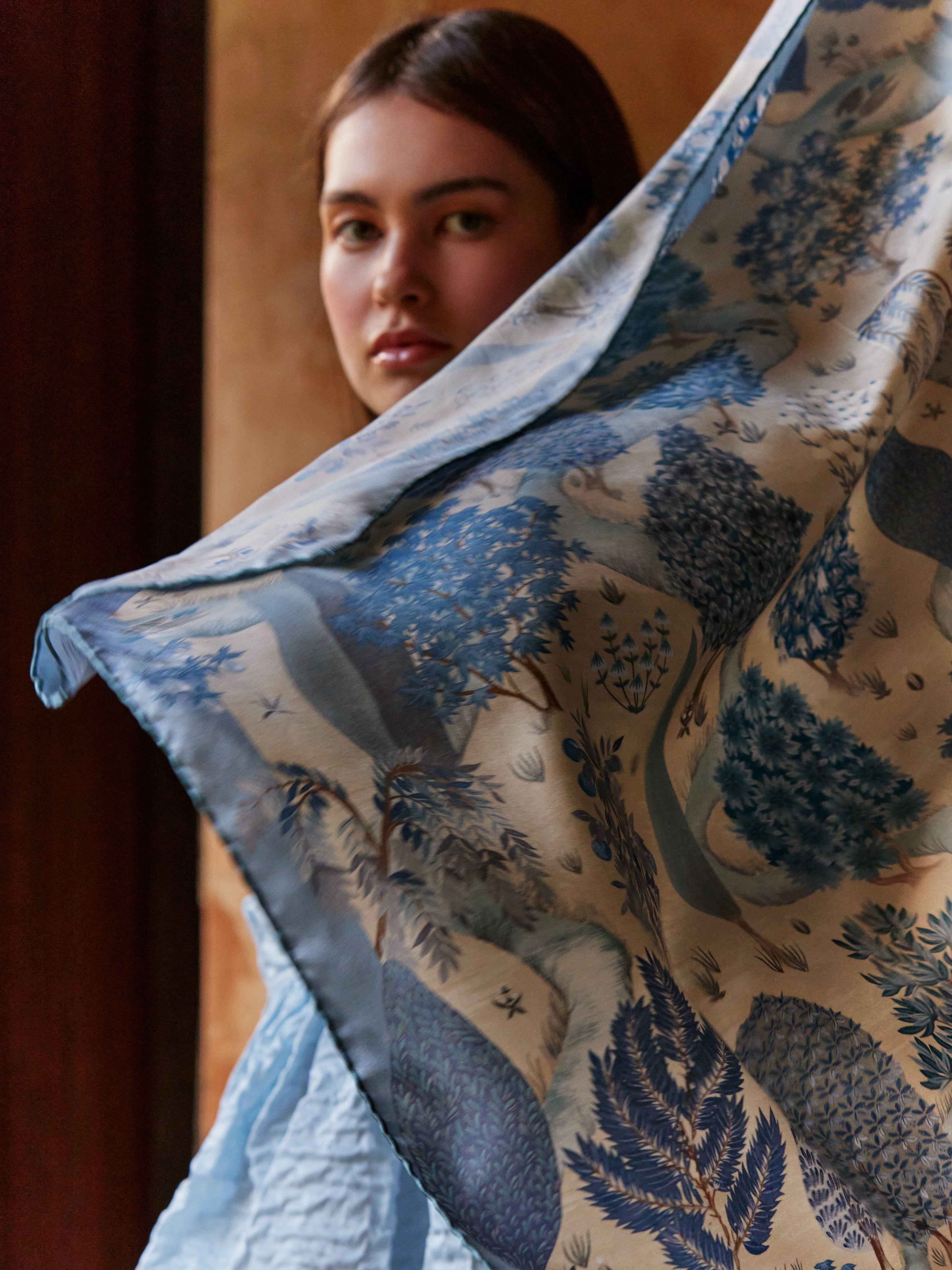
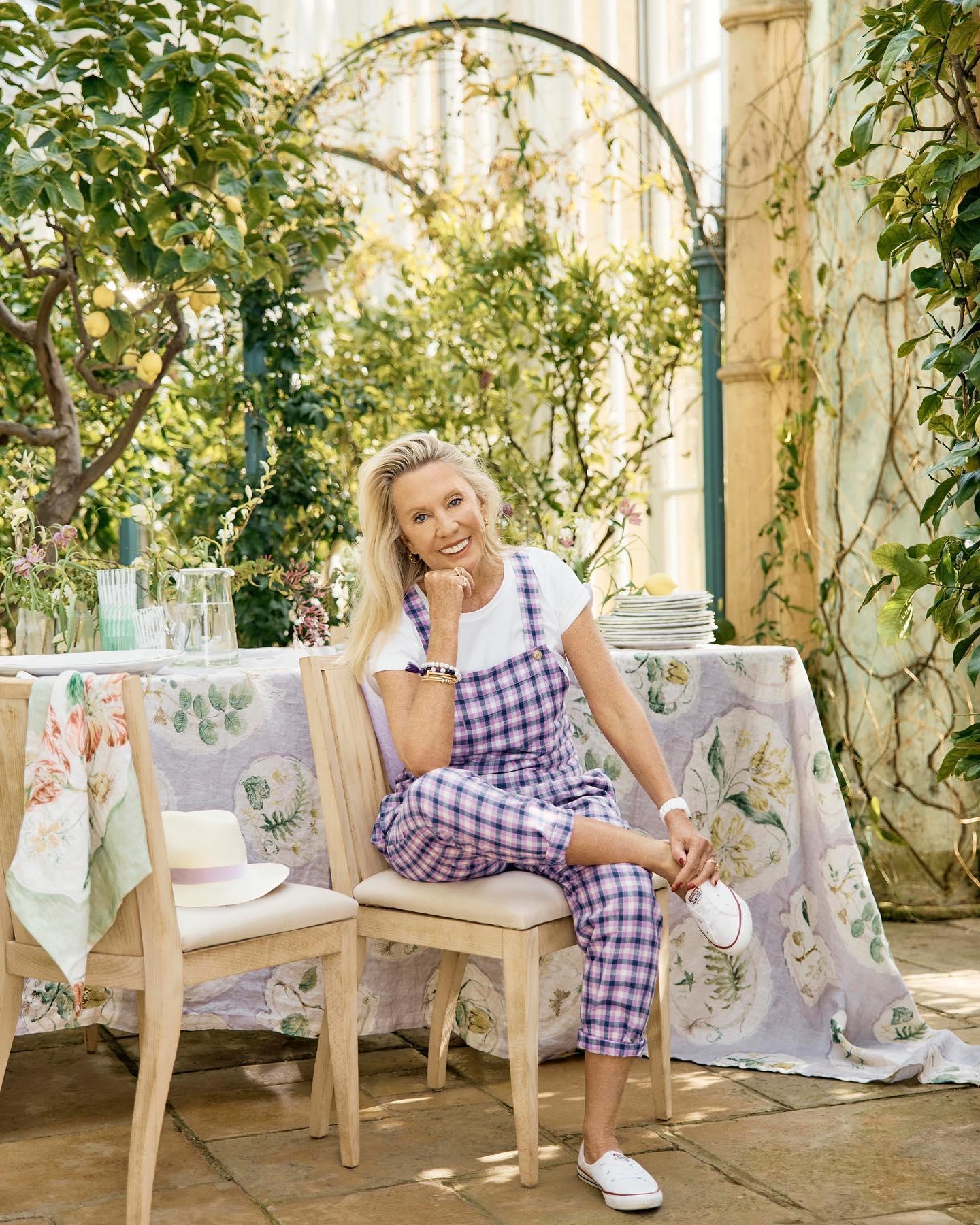
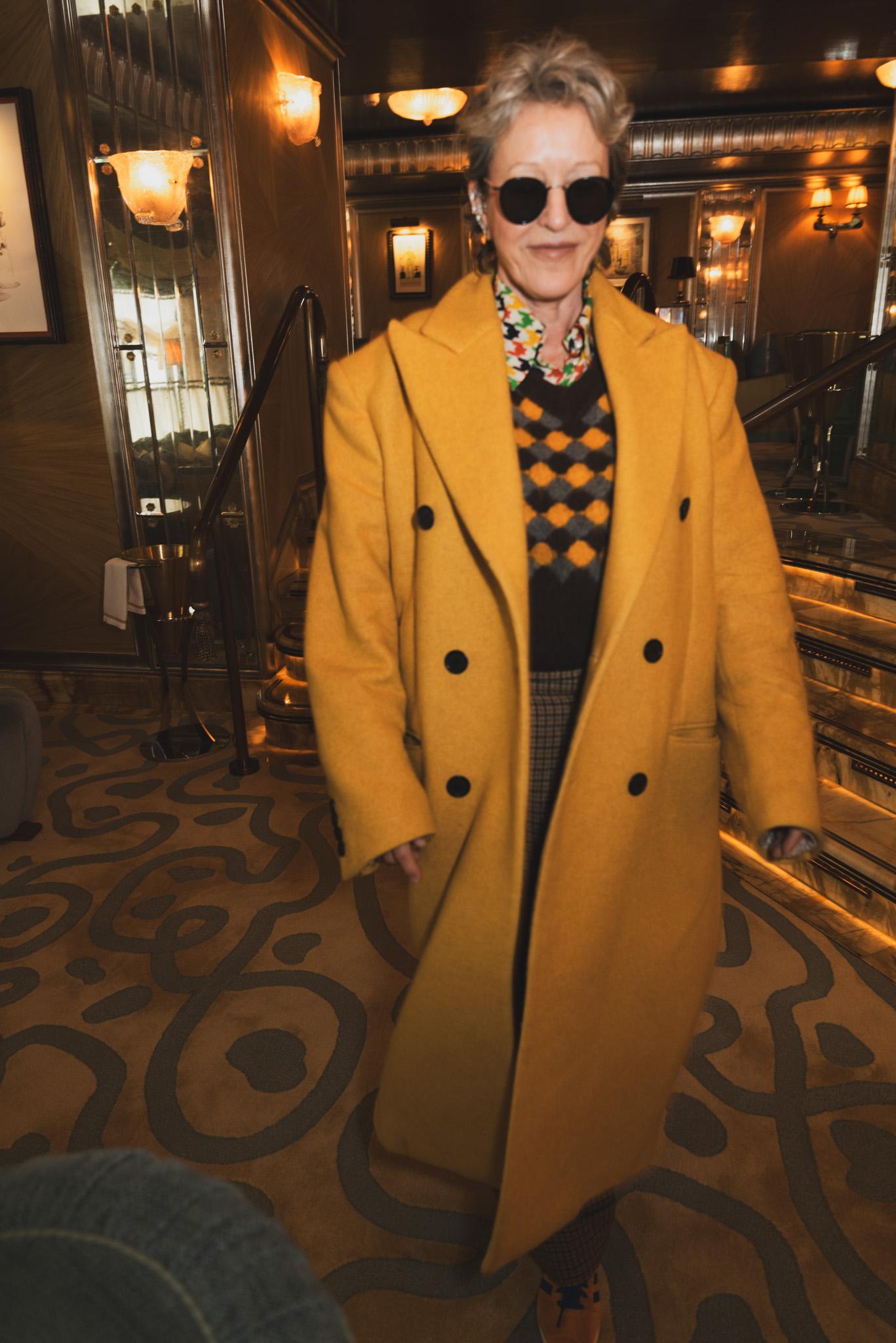


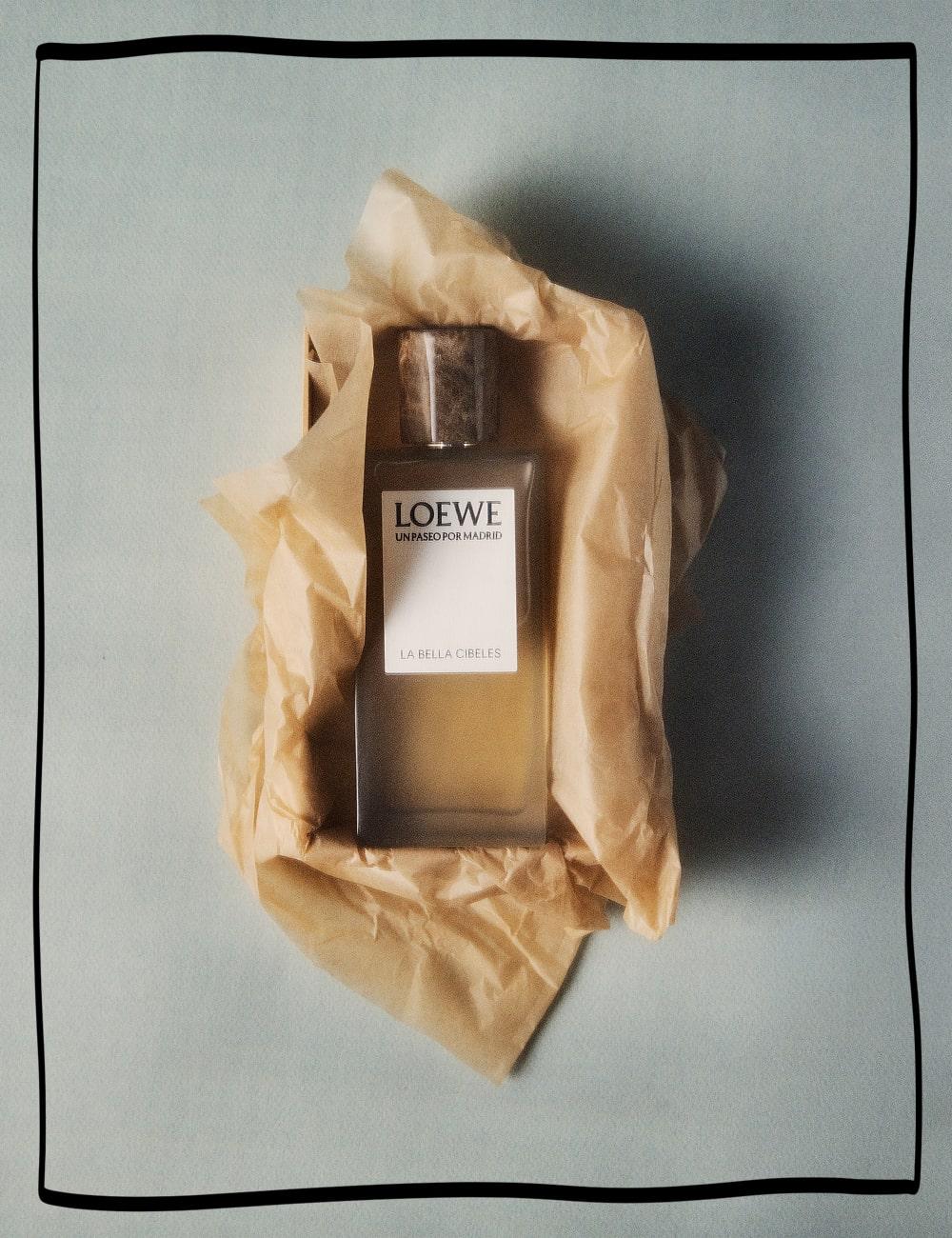
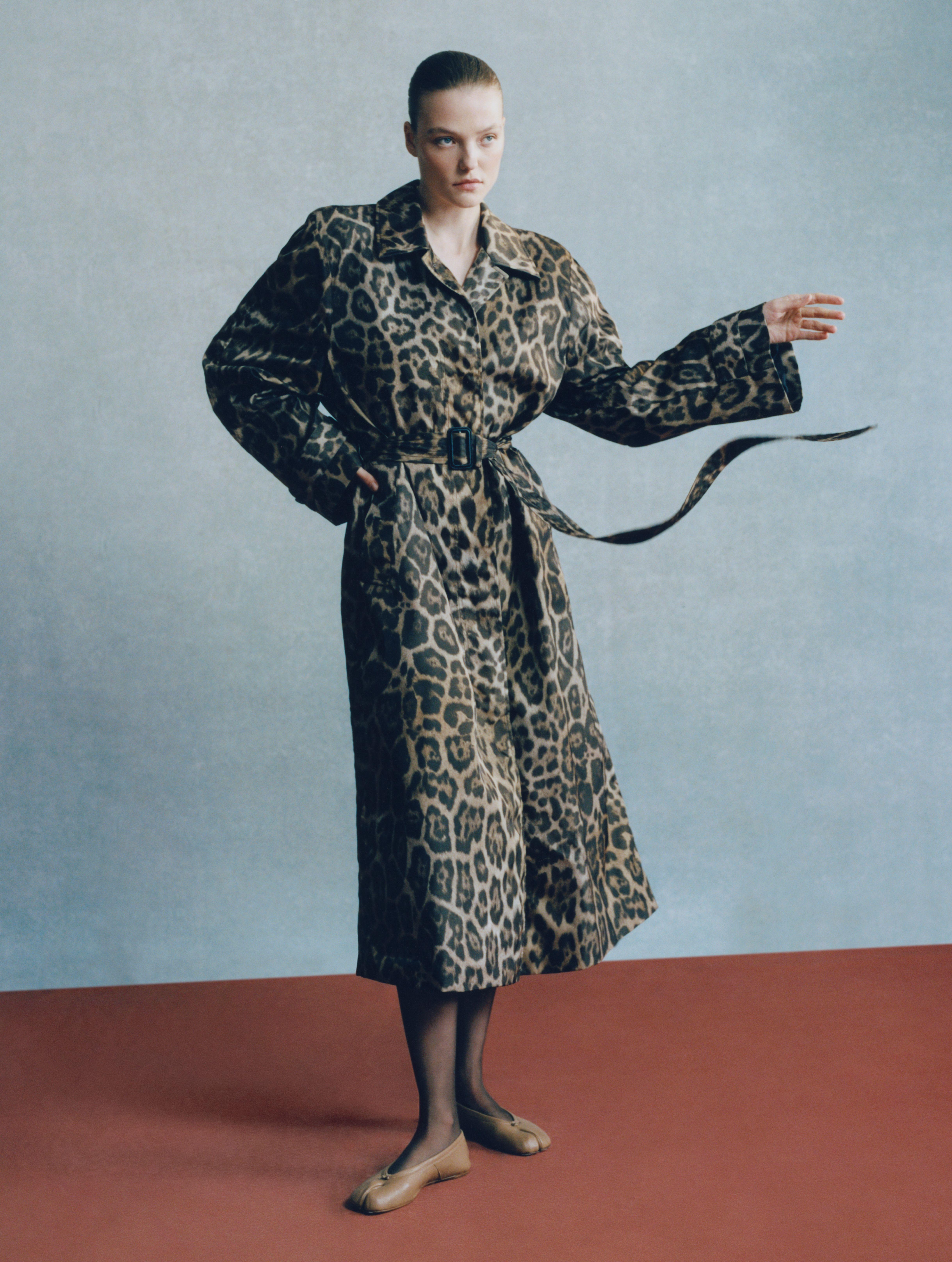
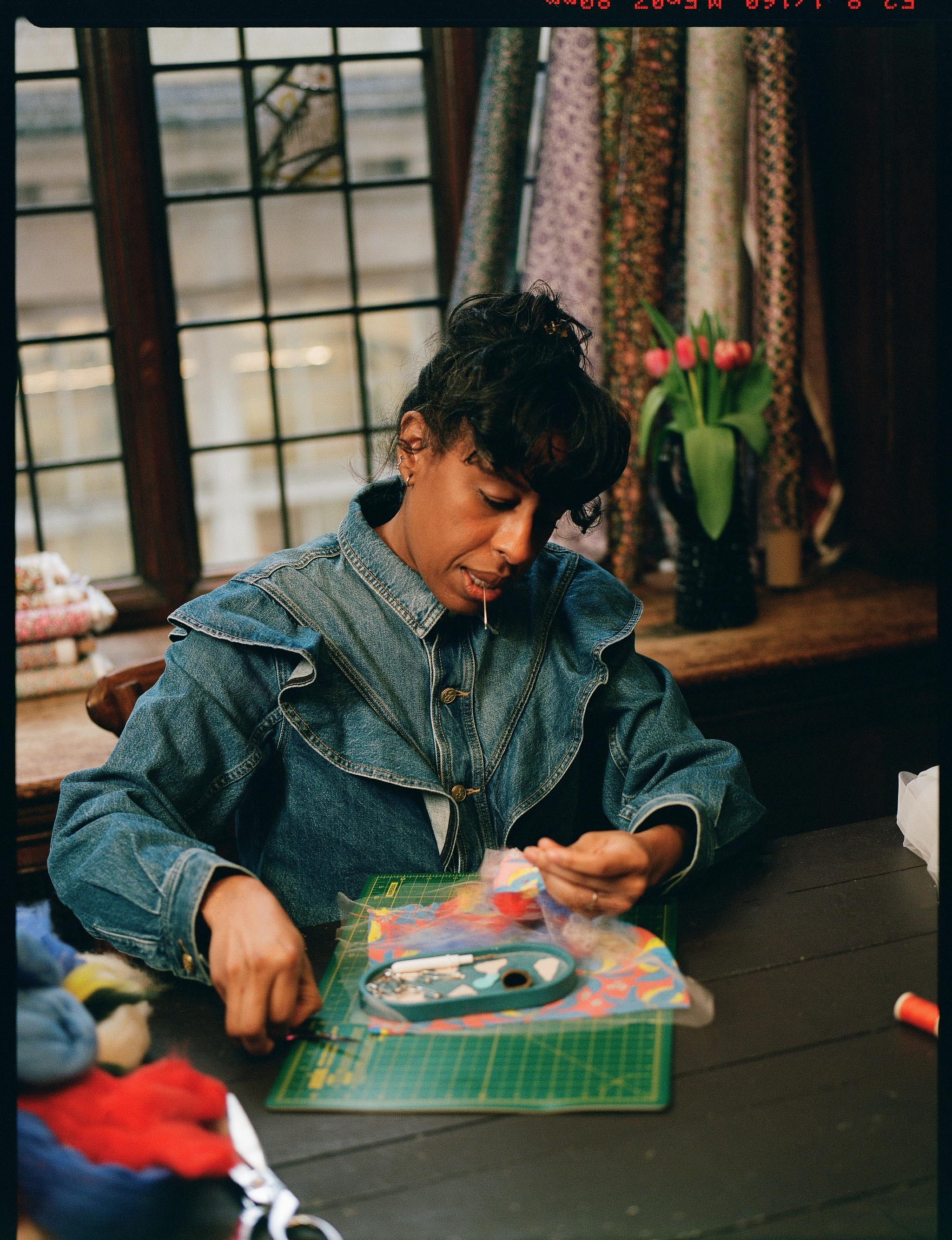
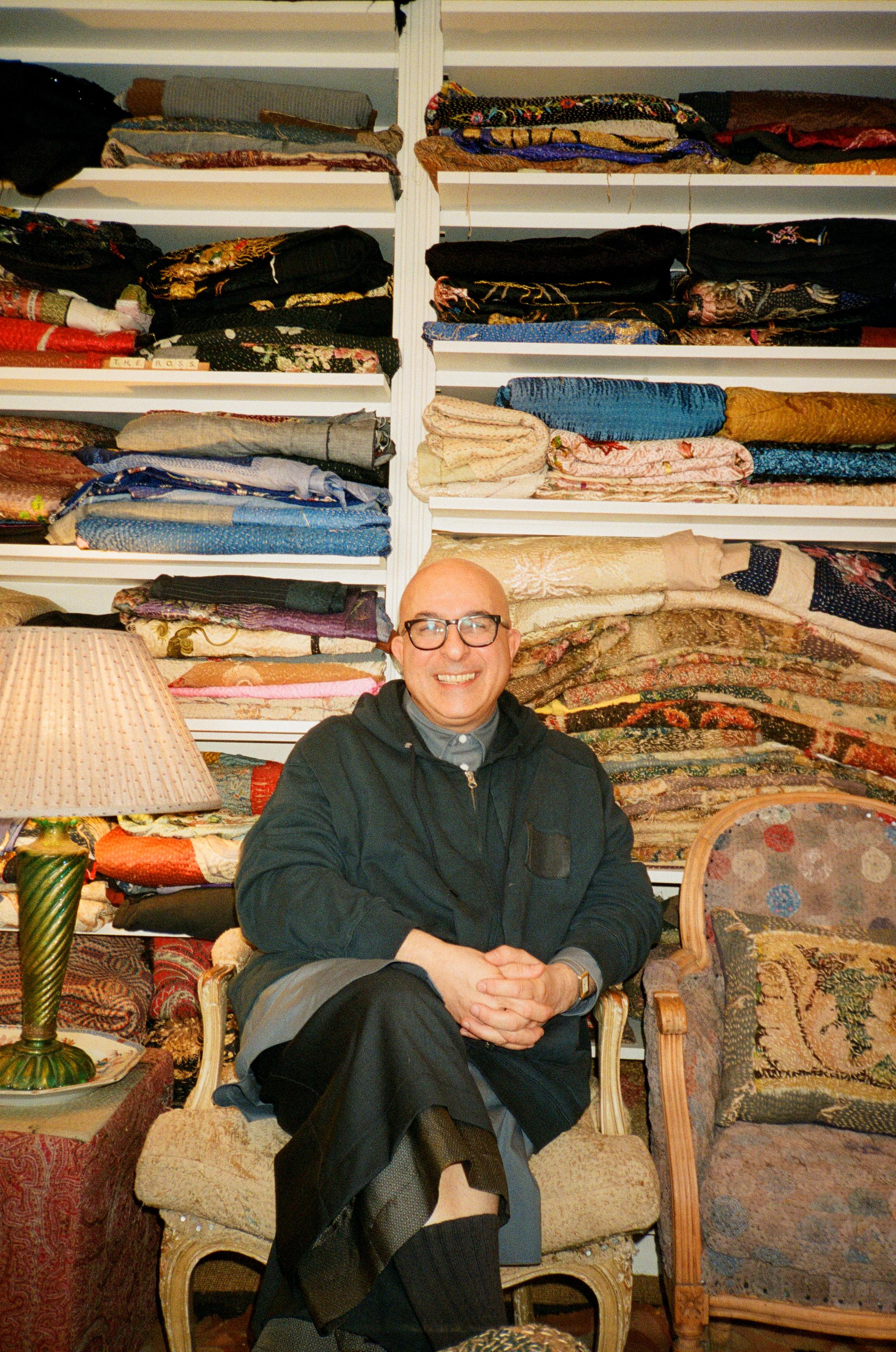
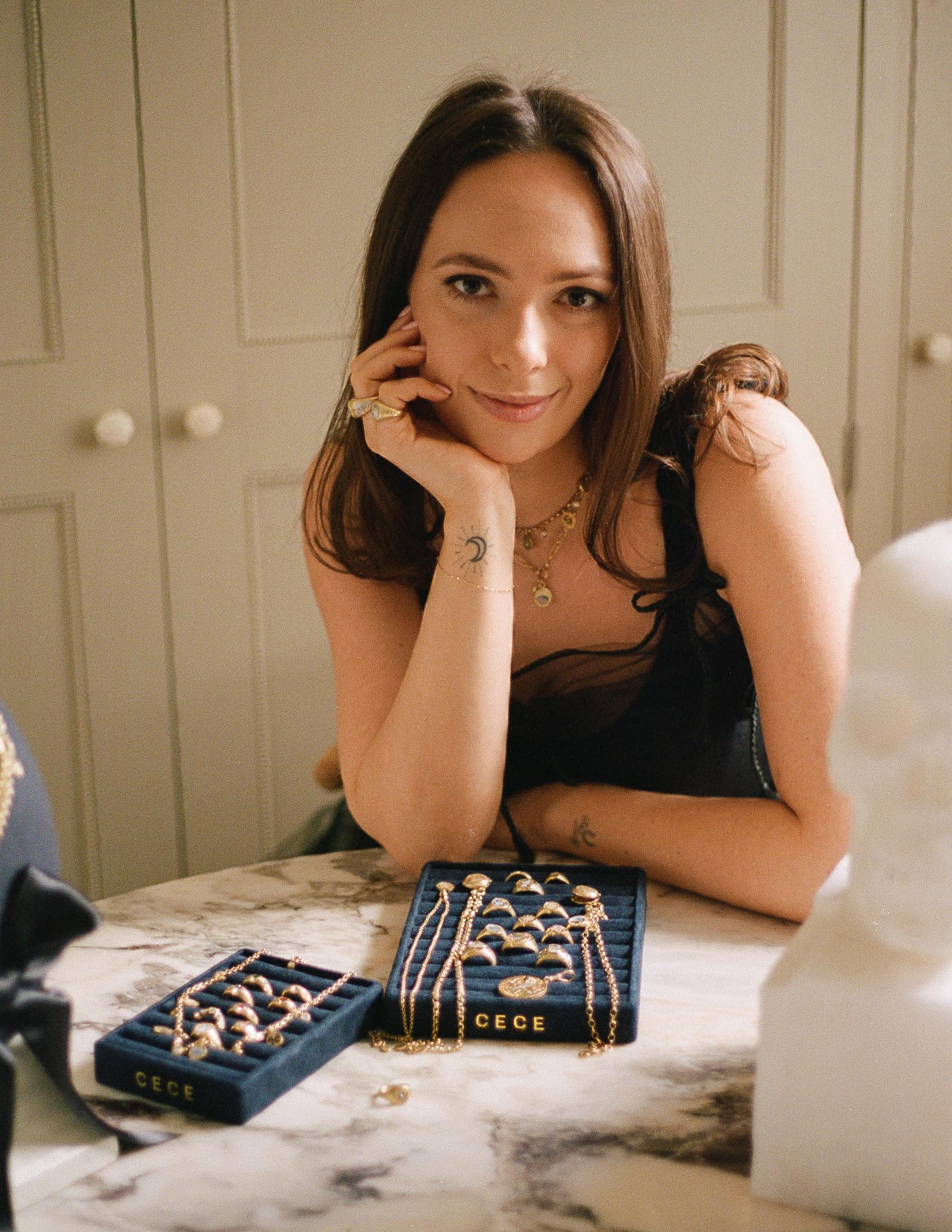
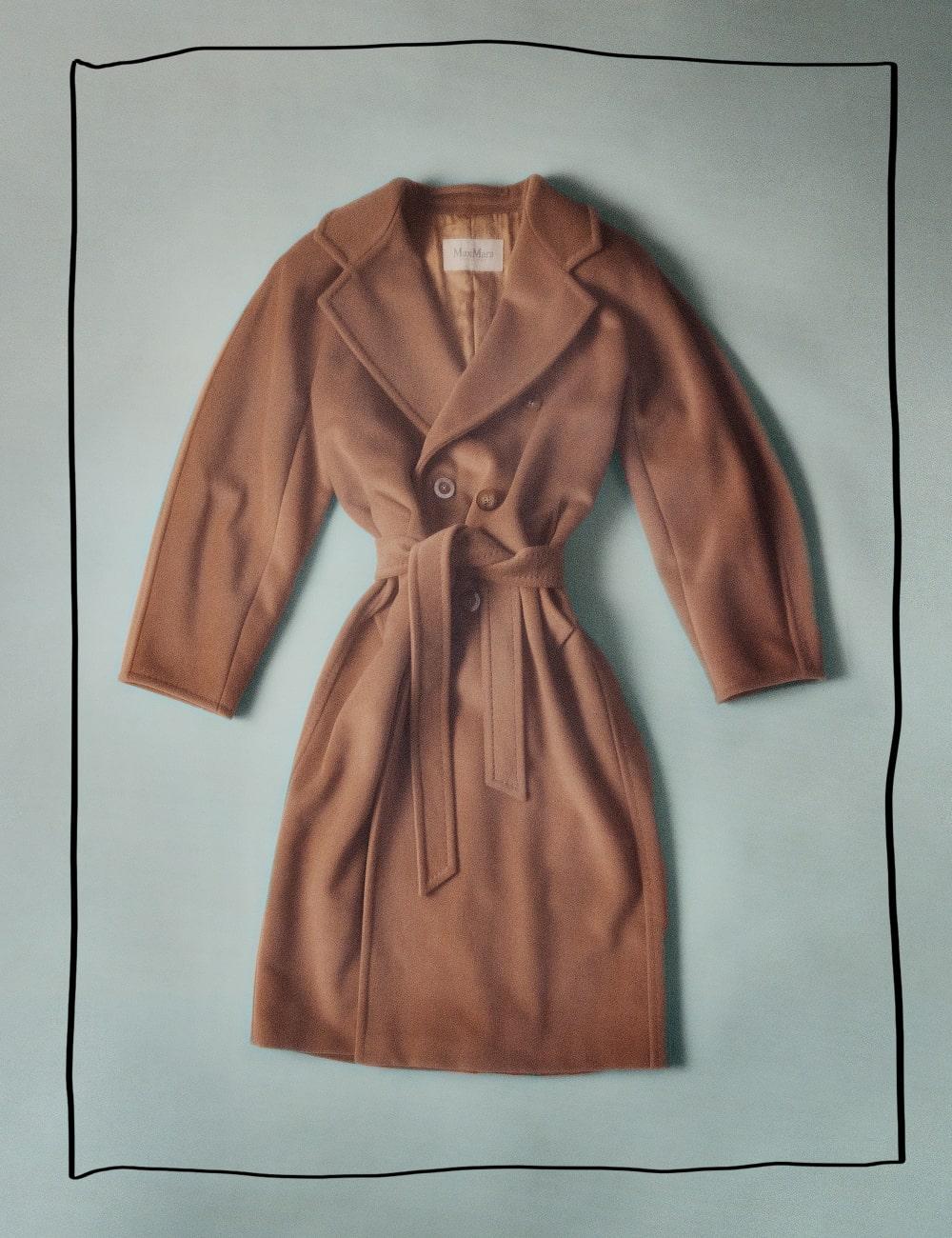
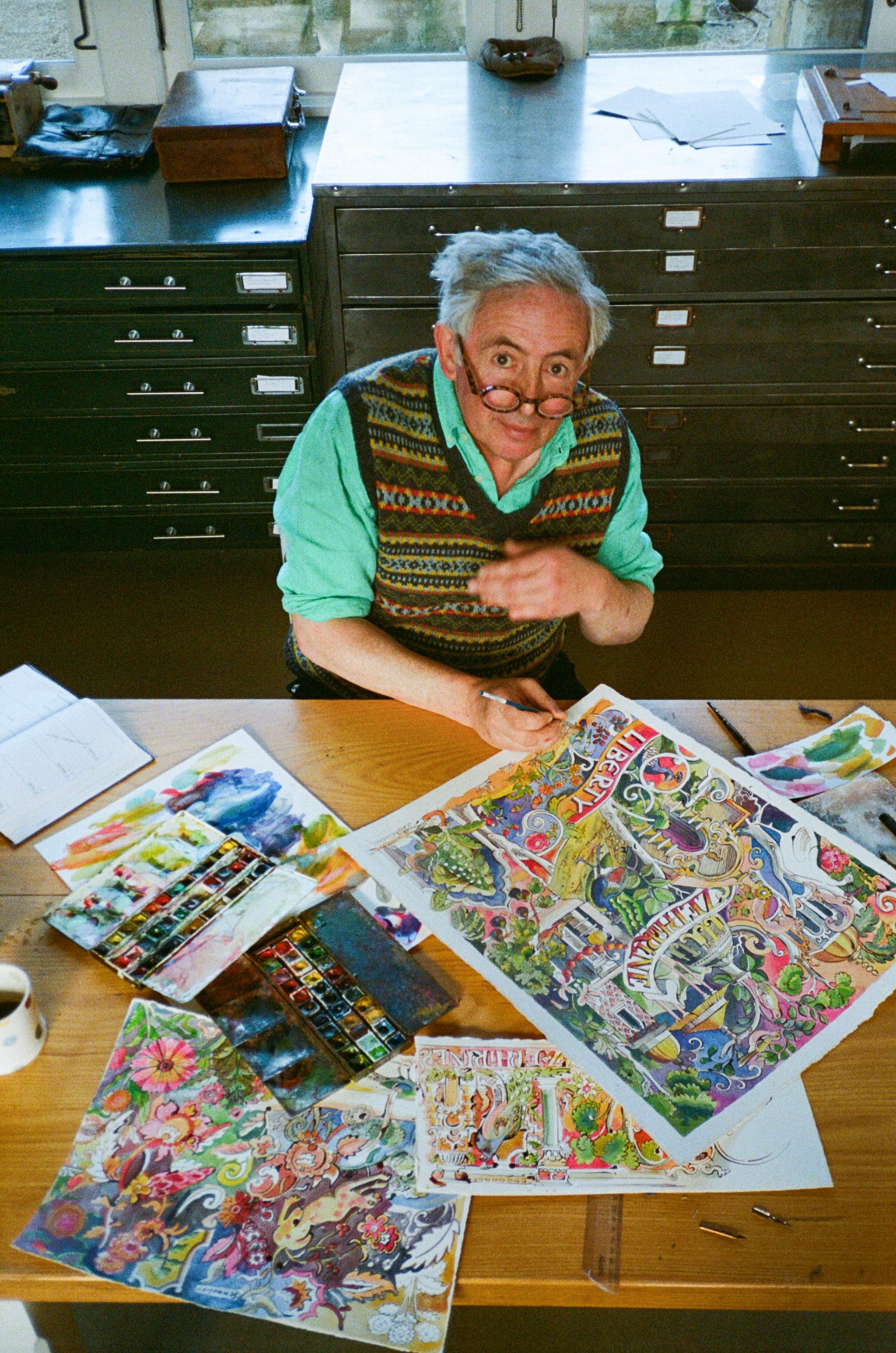
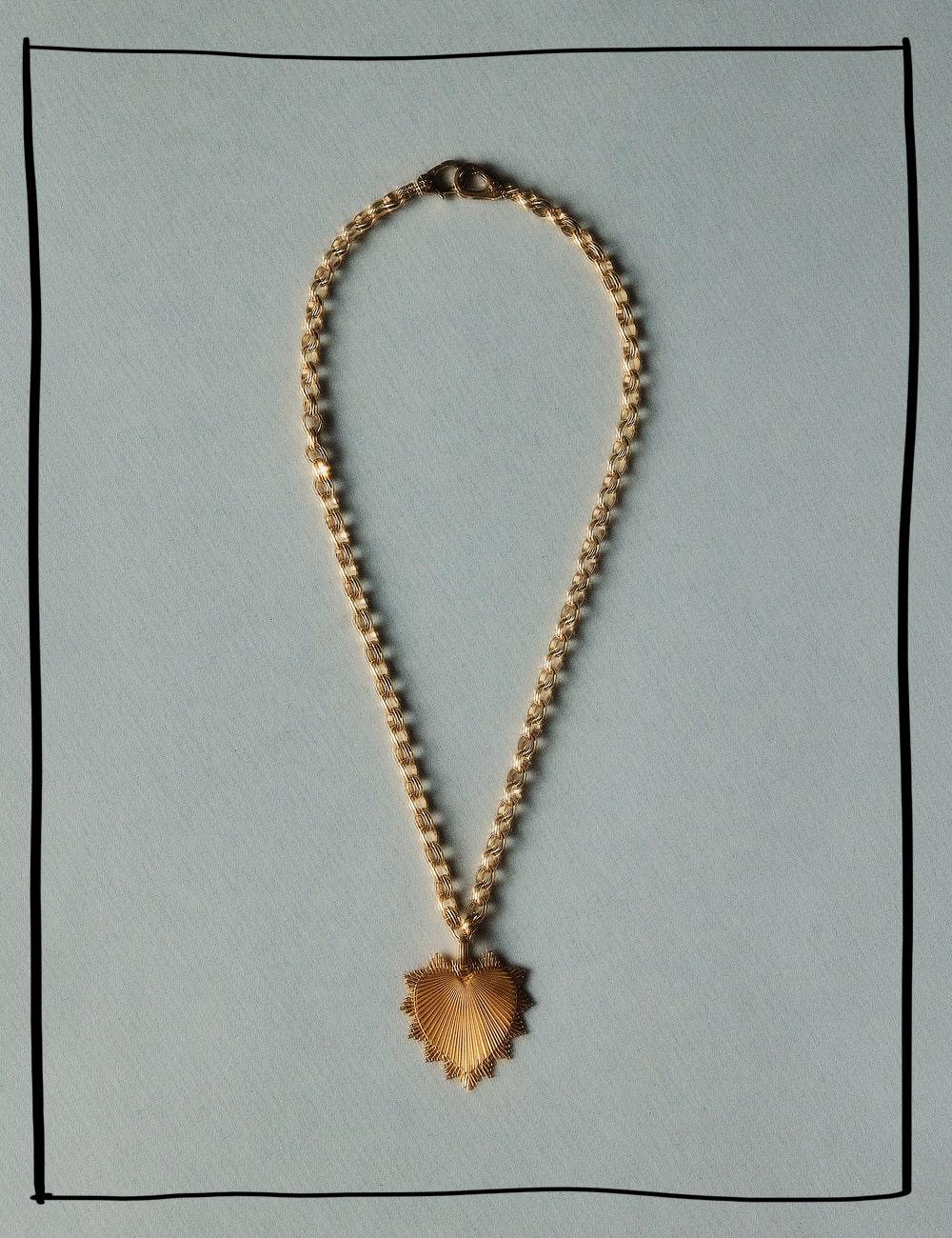
?fmt=auto&qlt=default)
